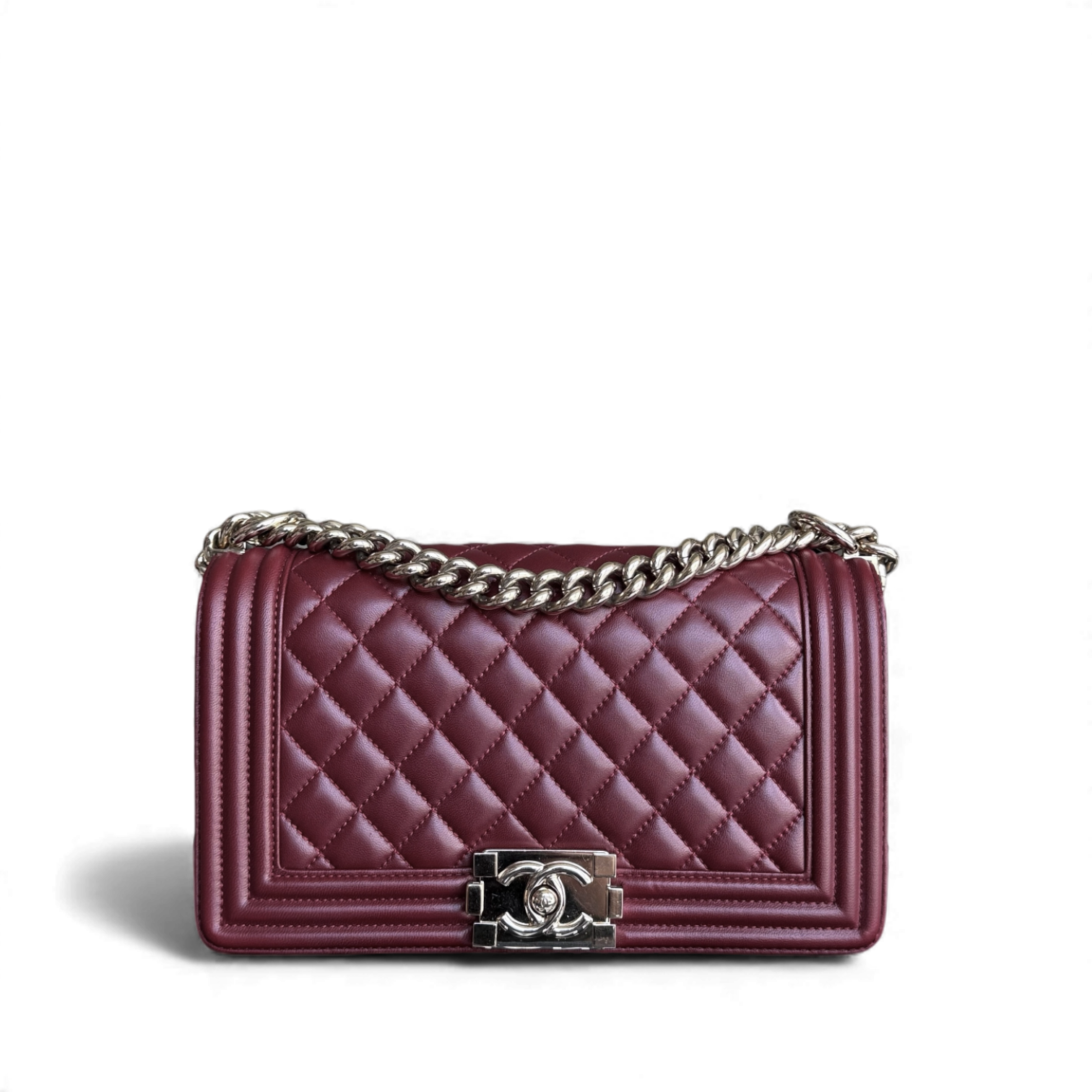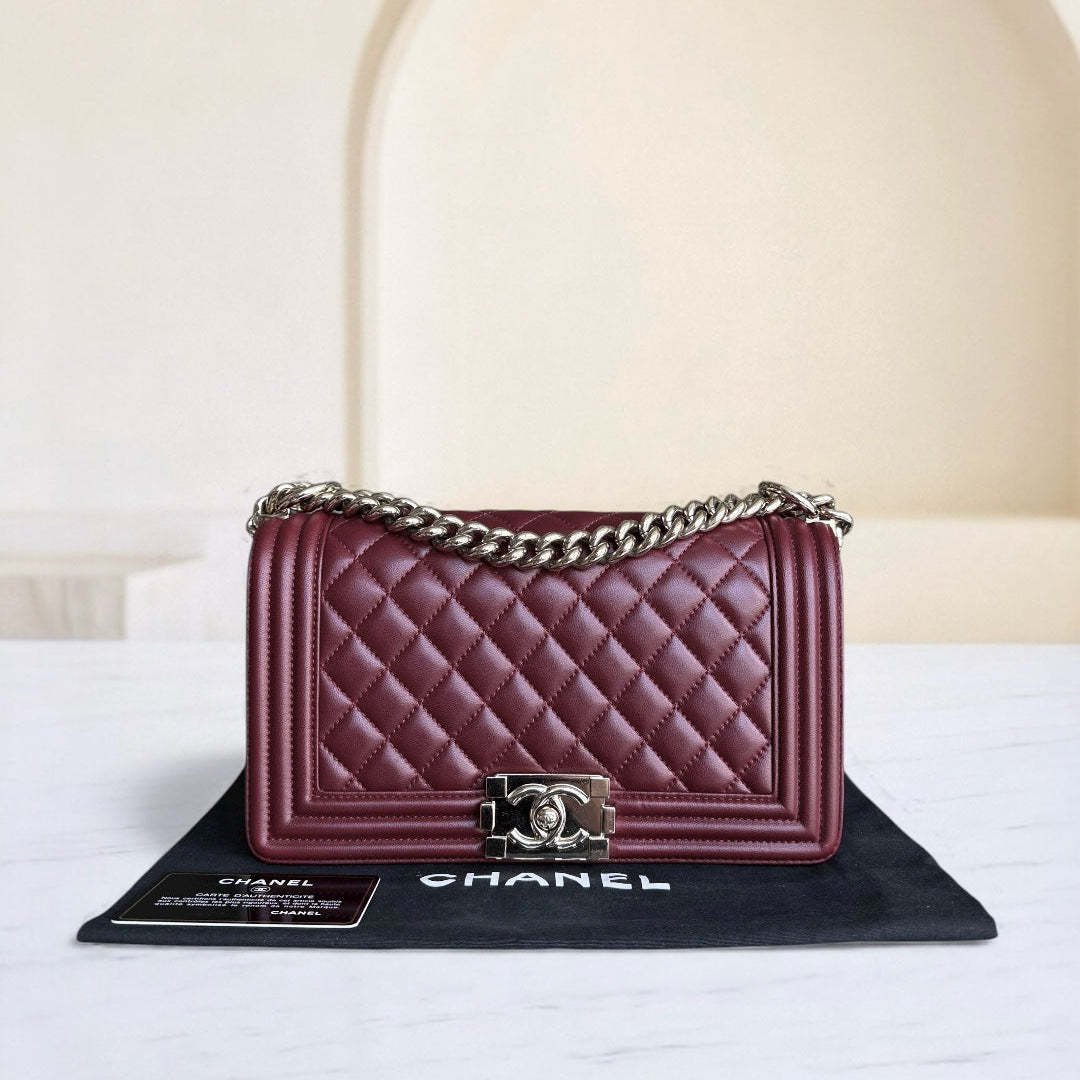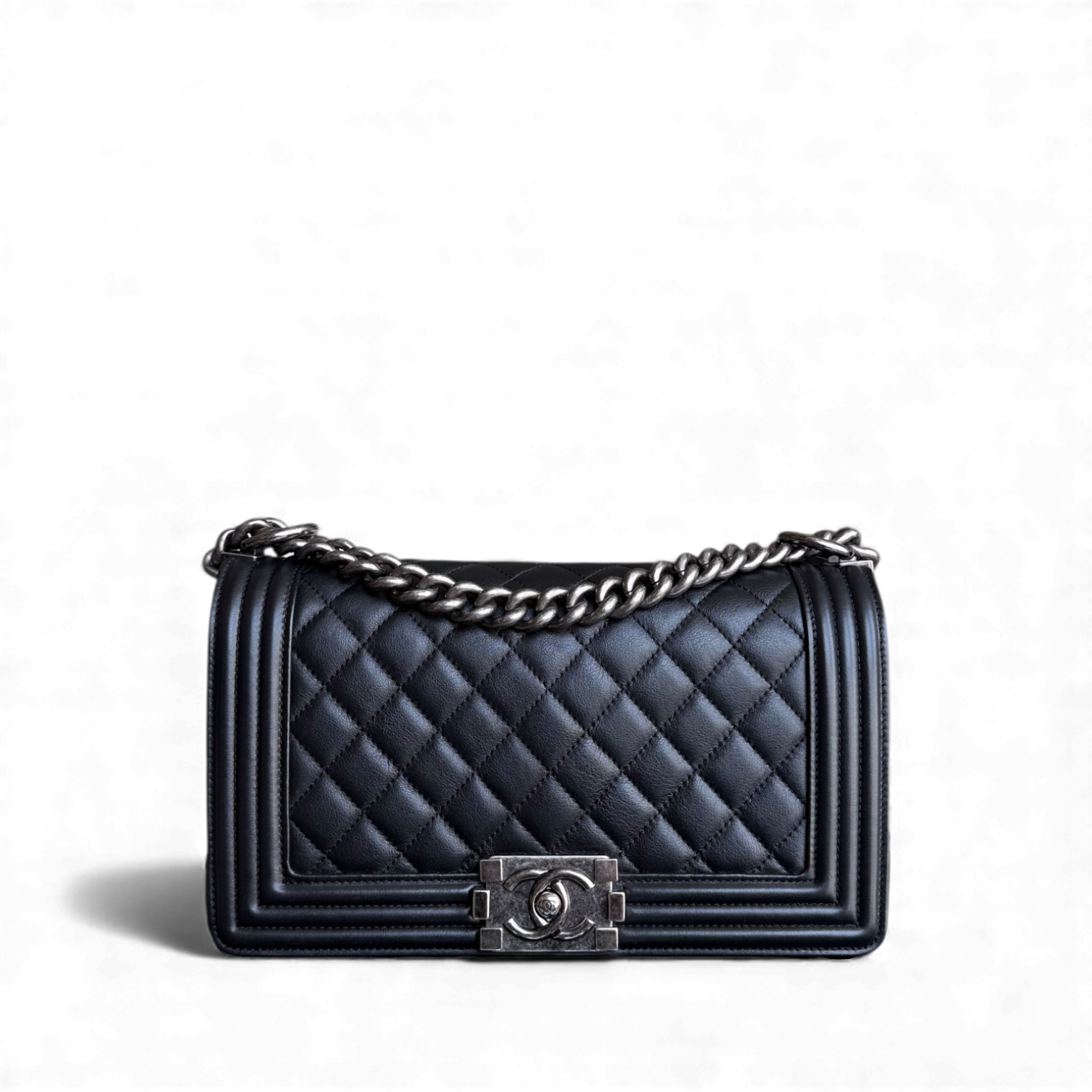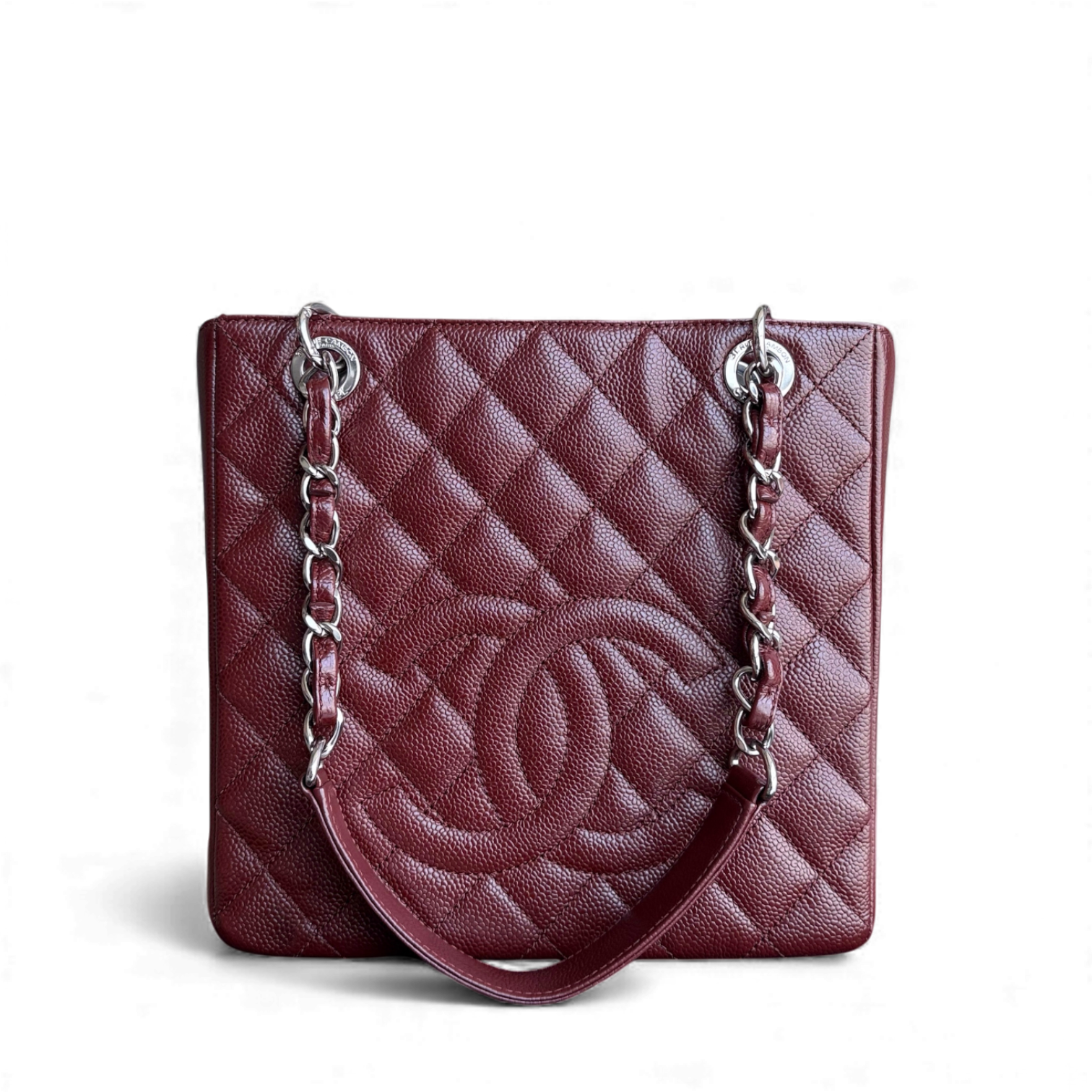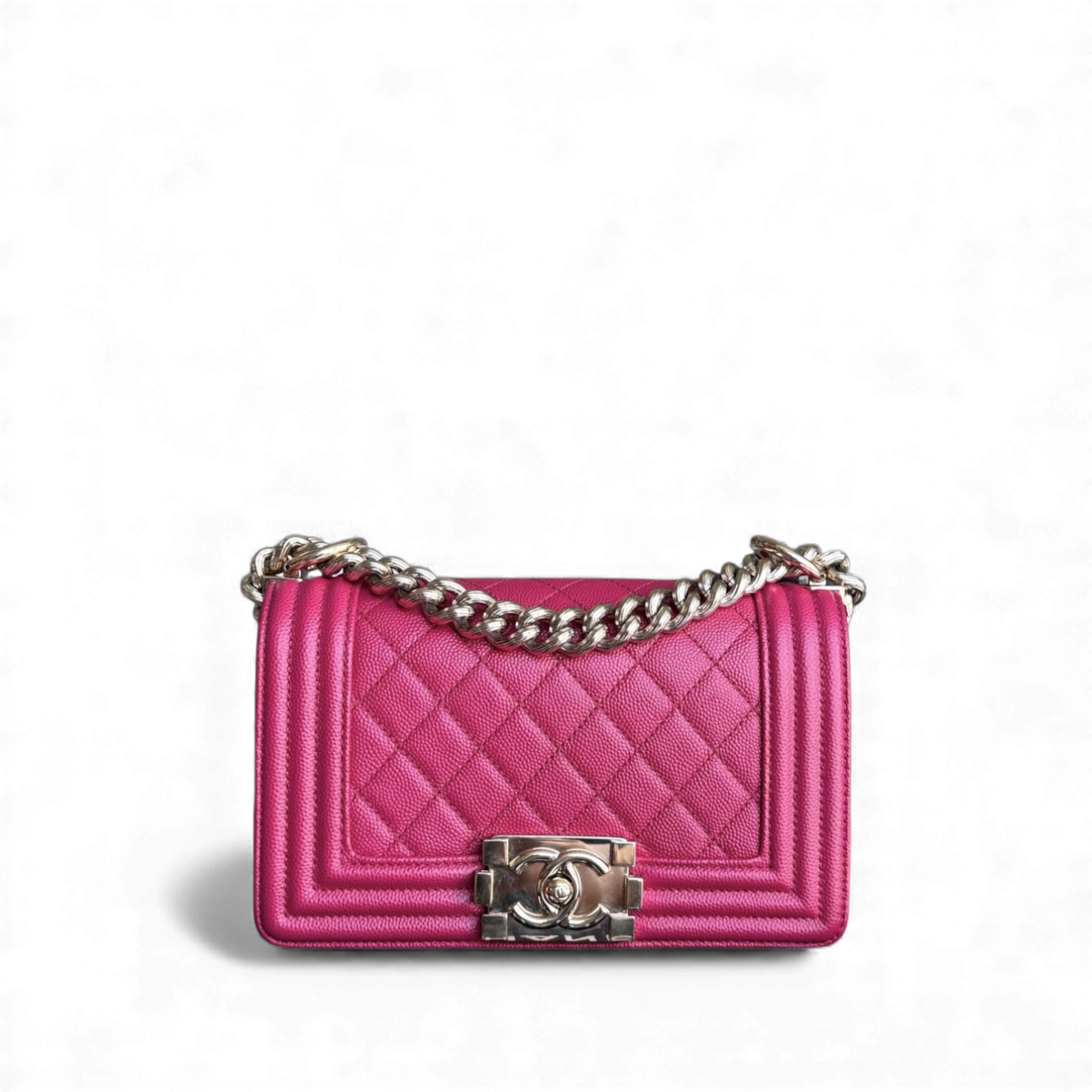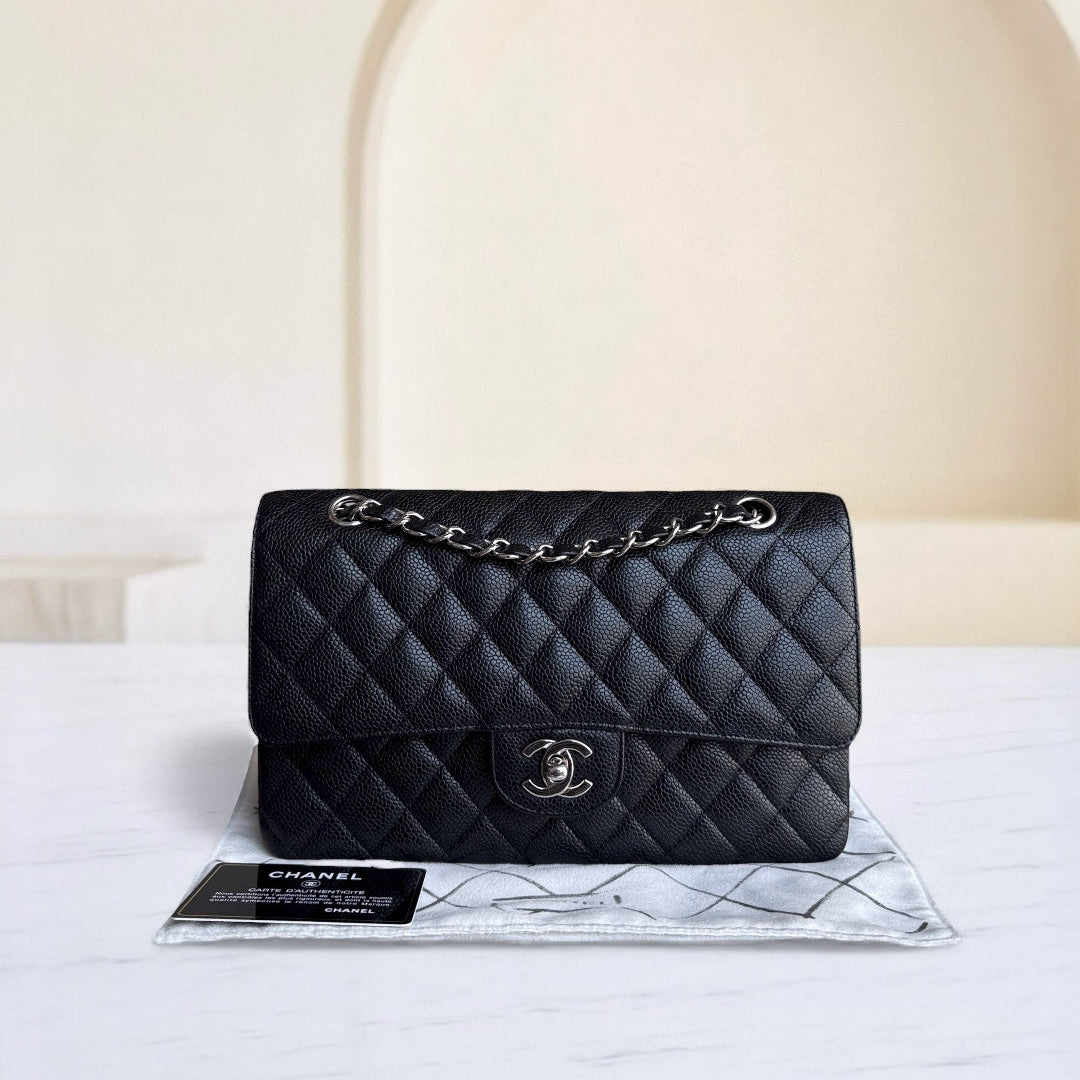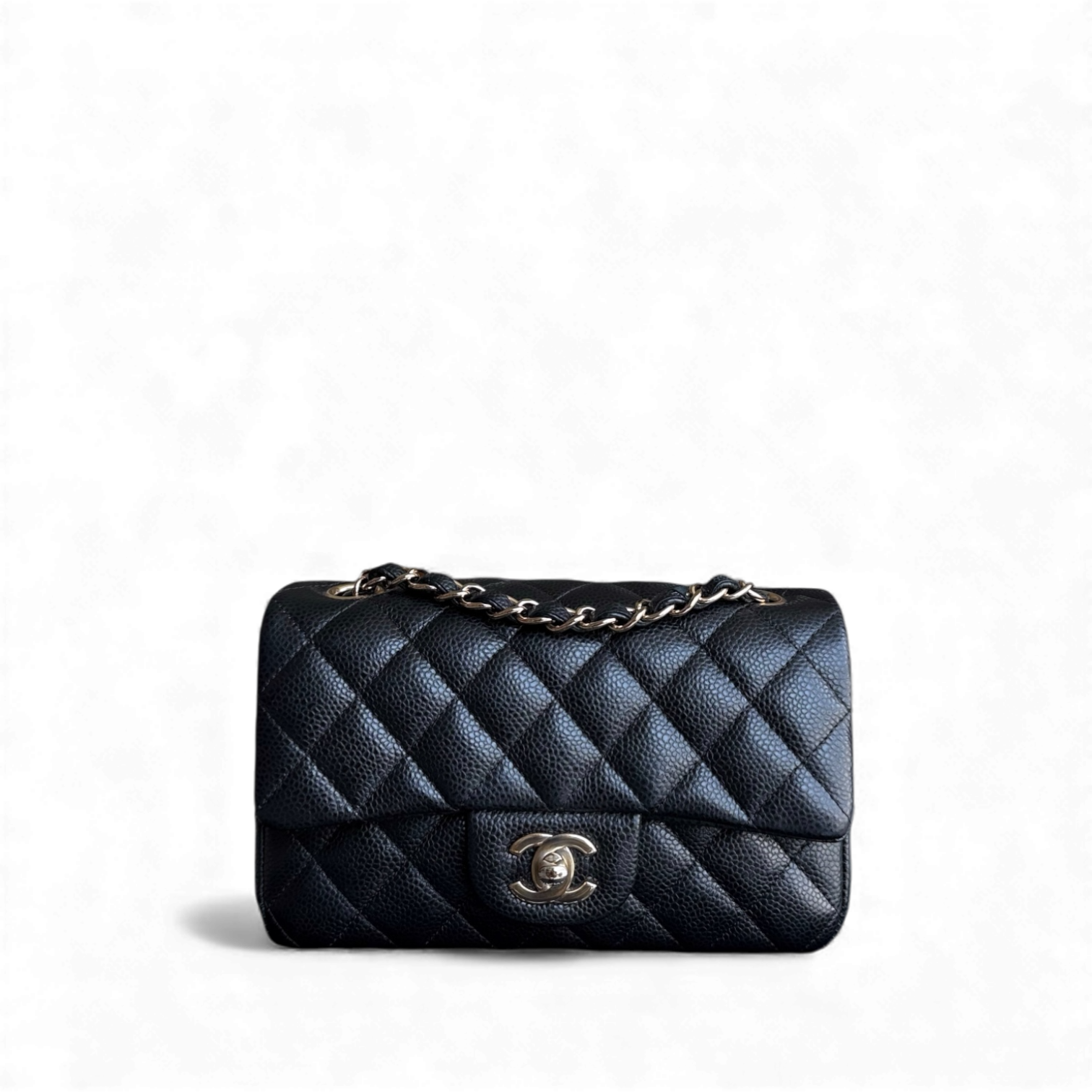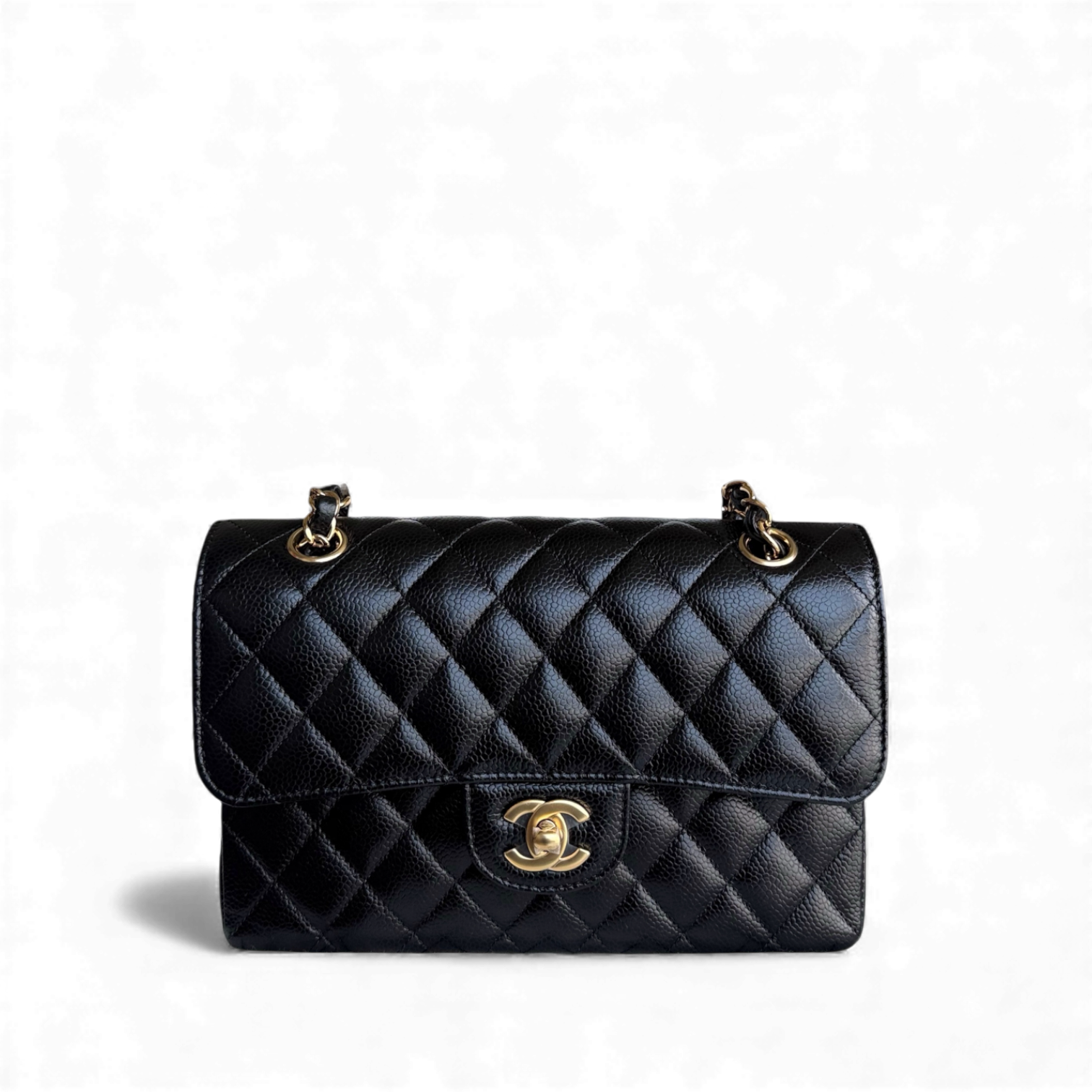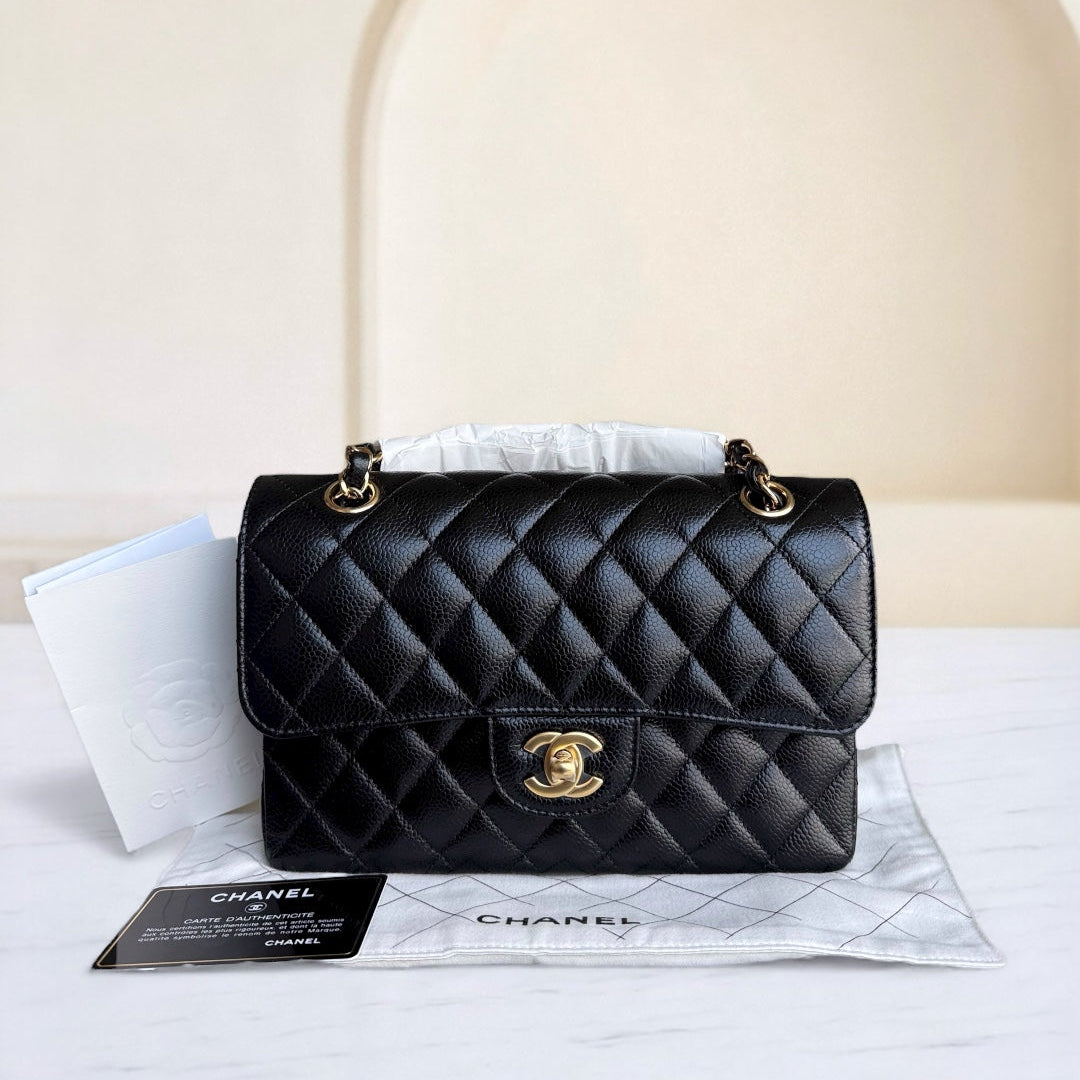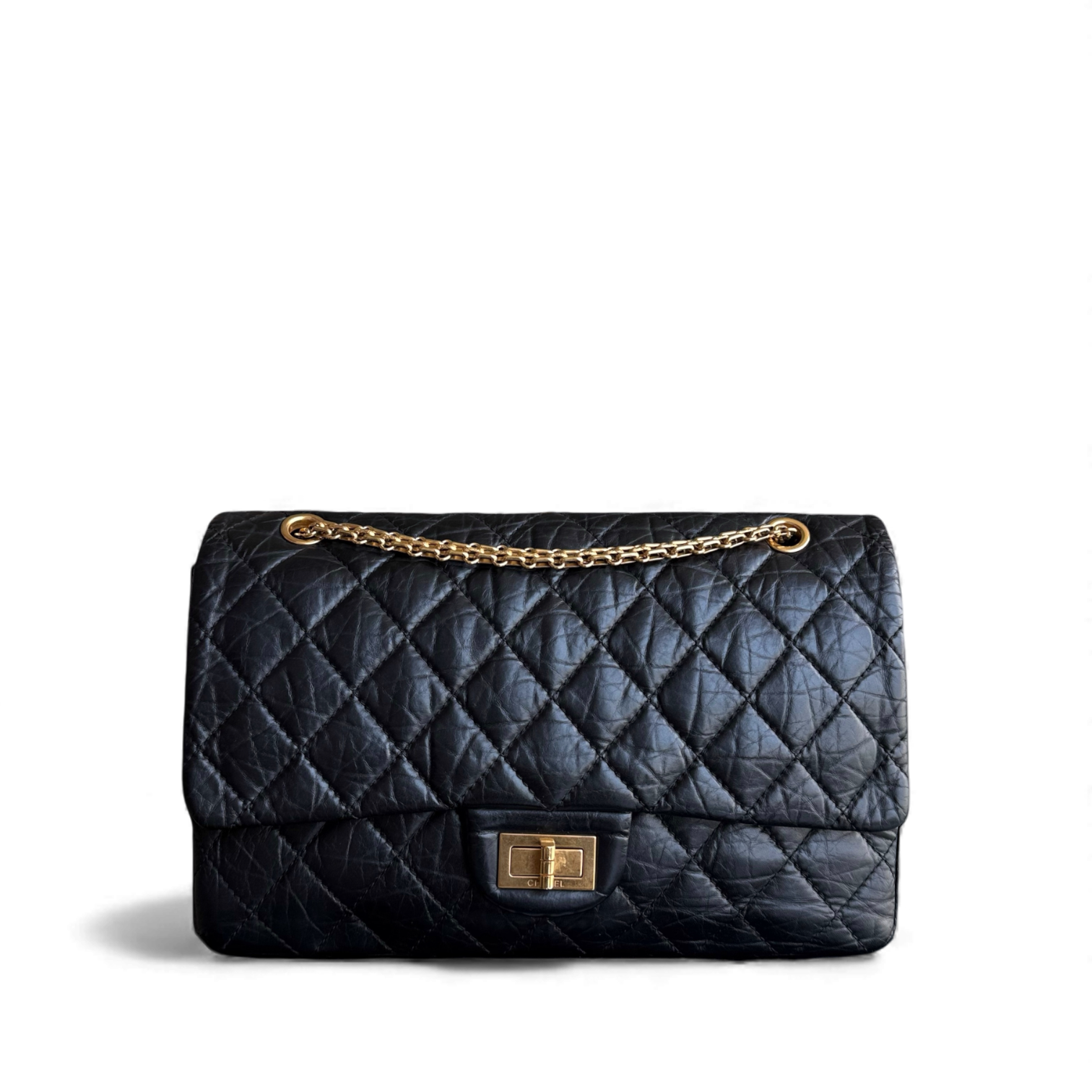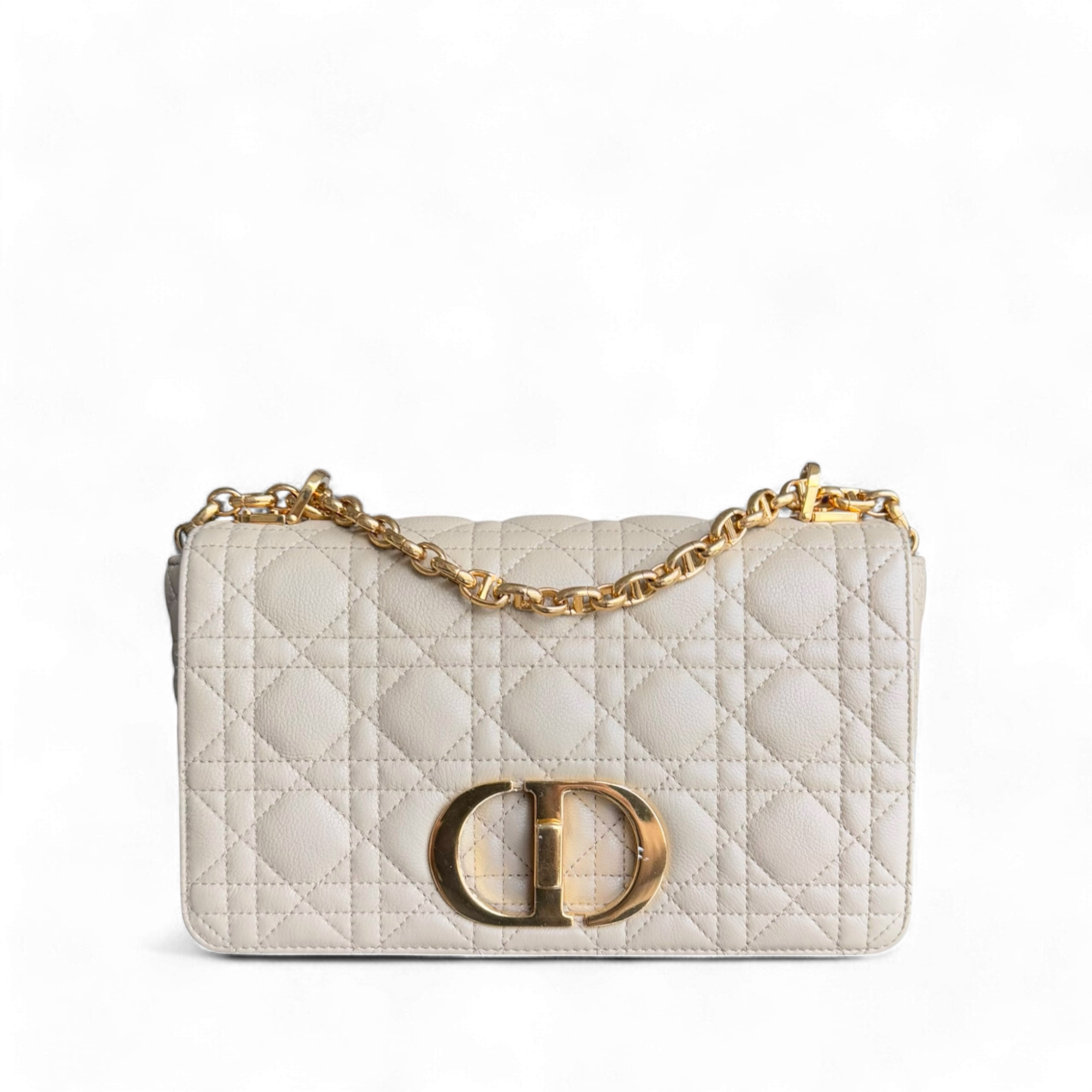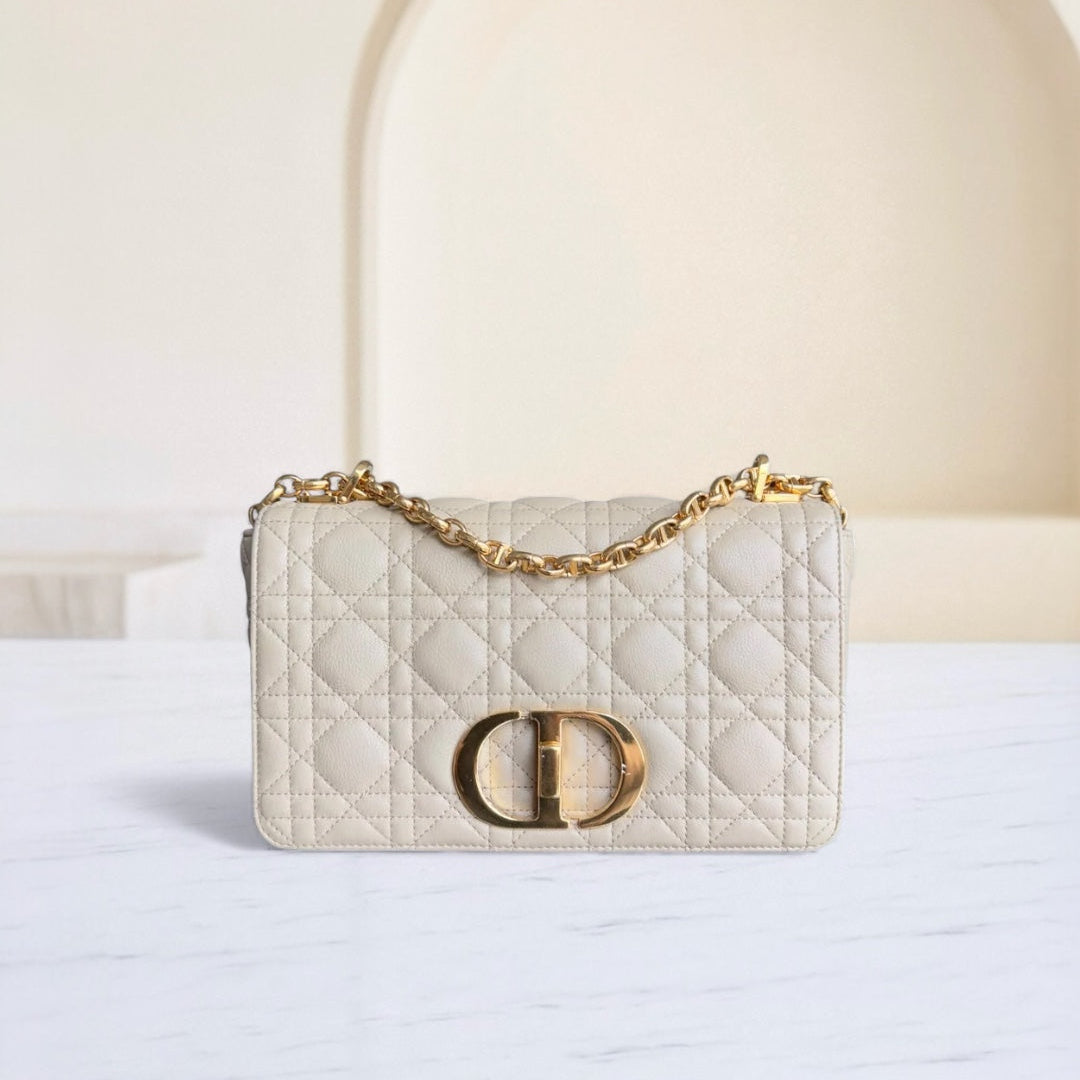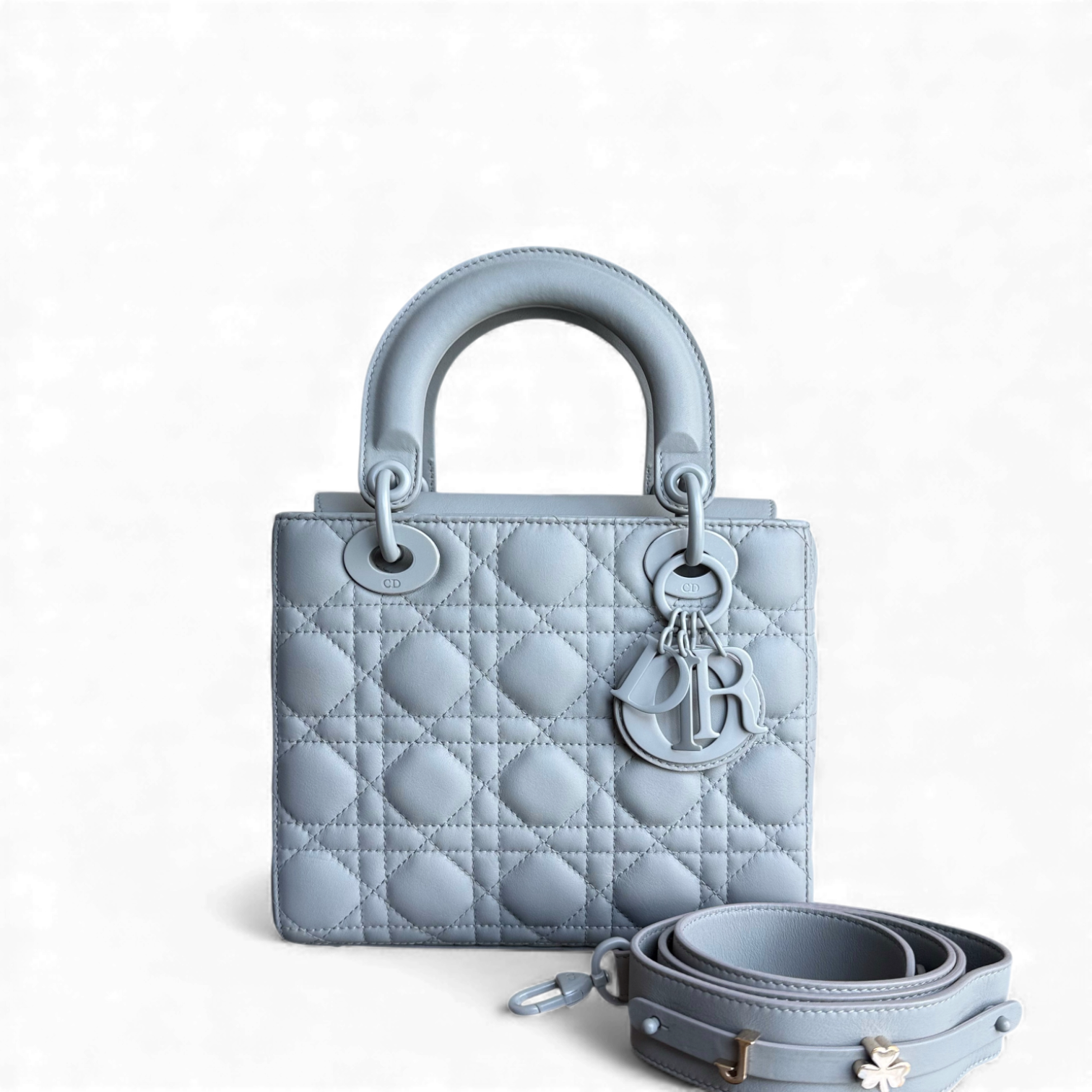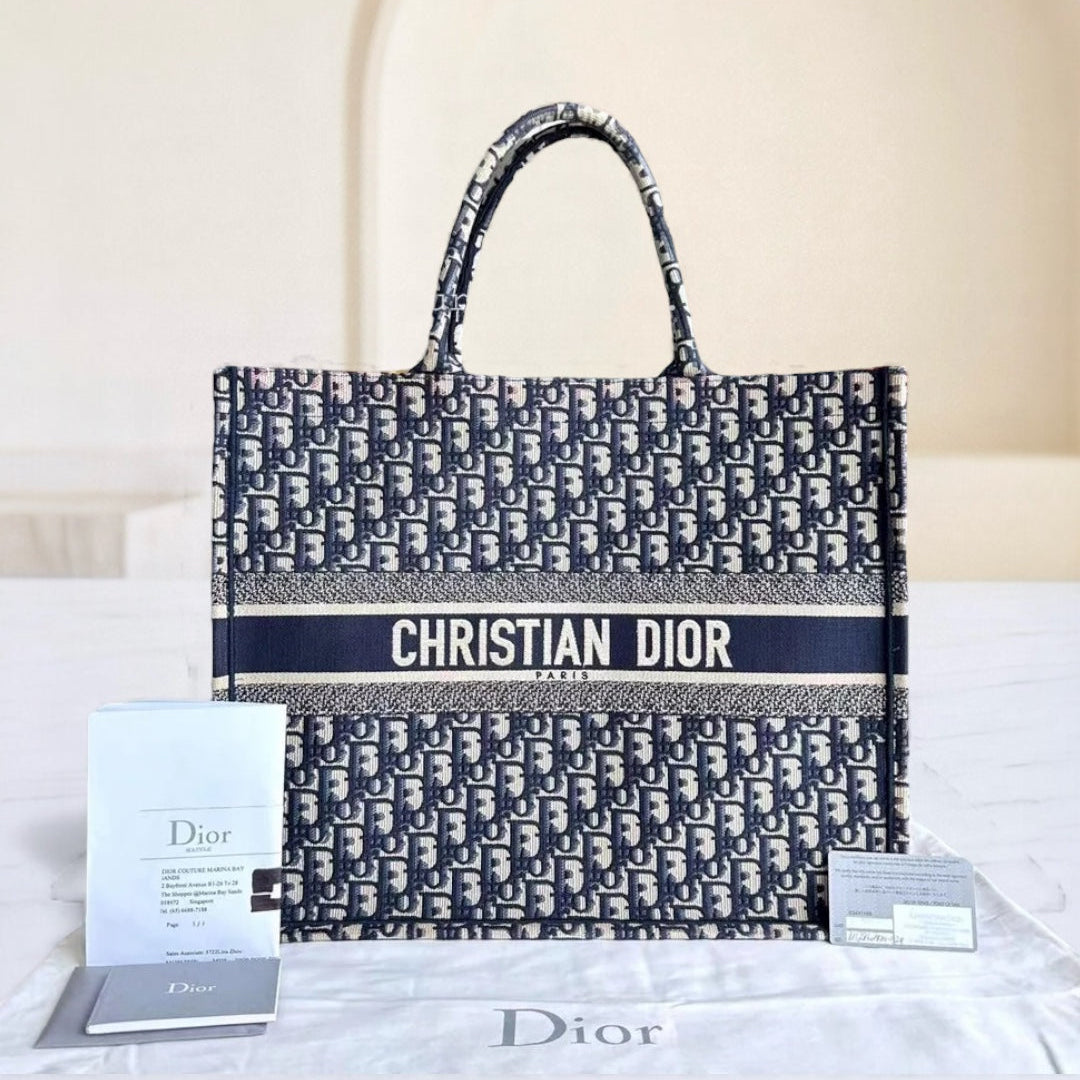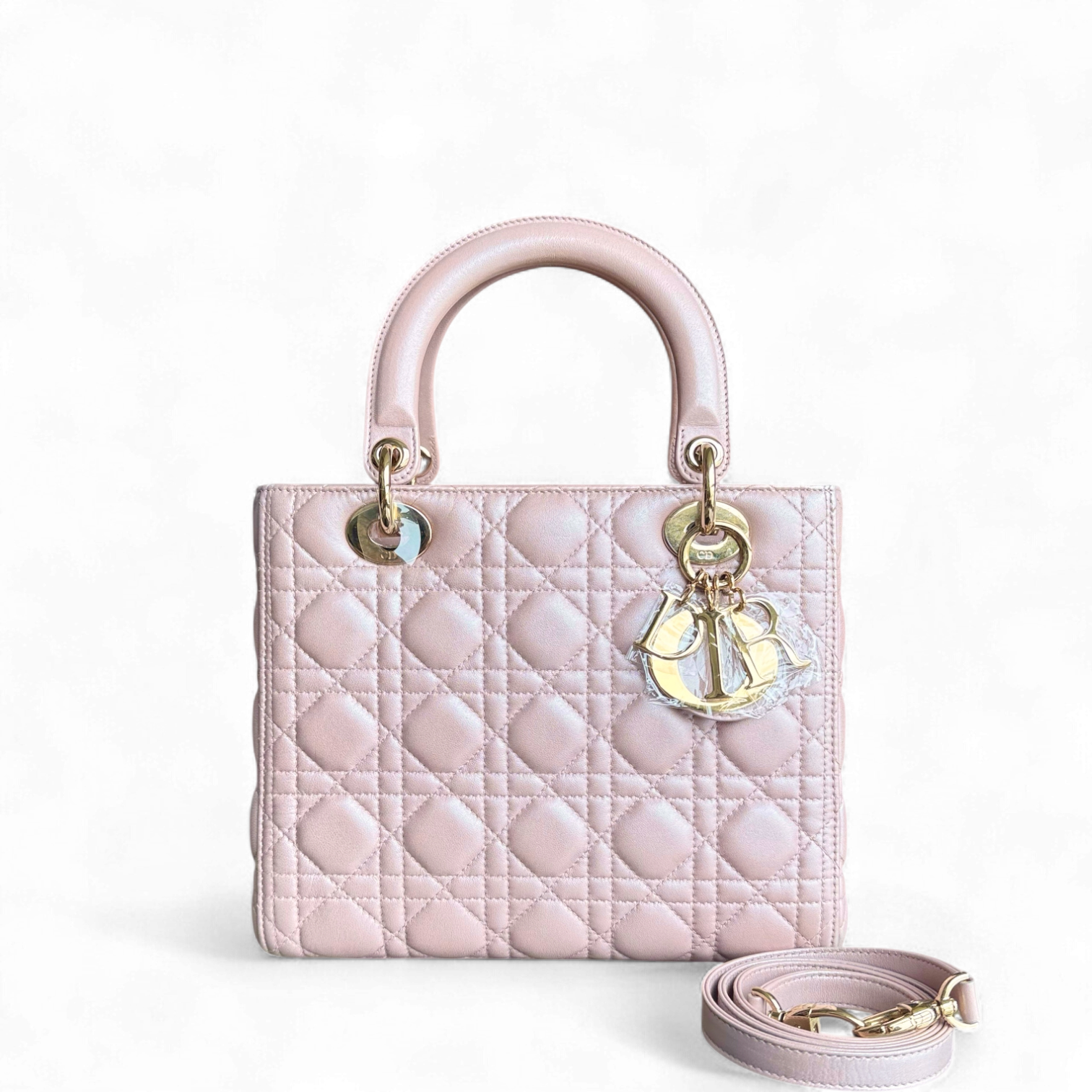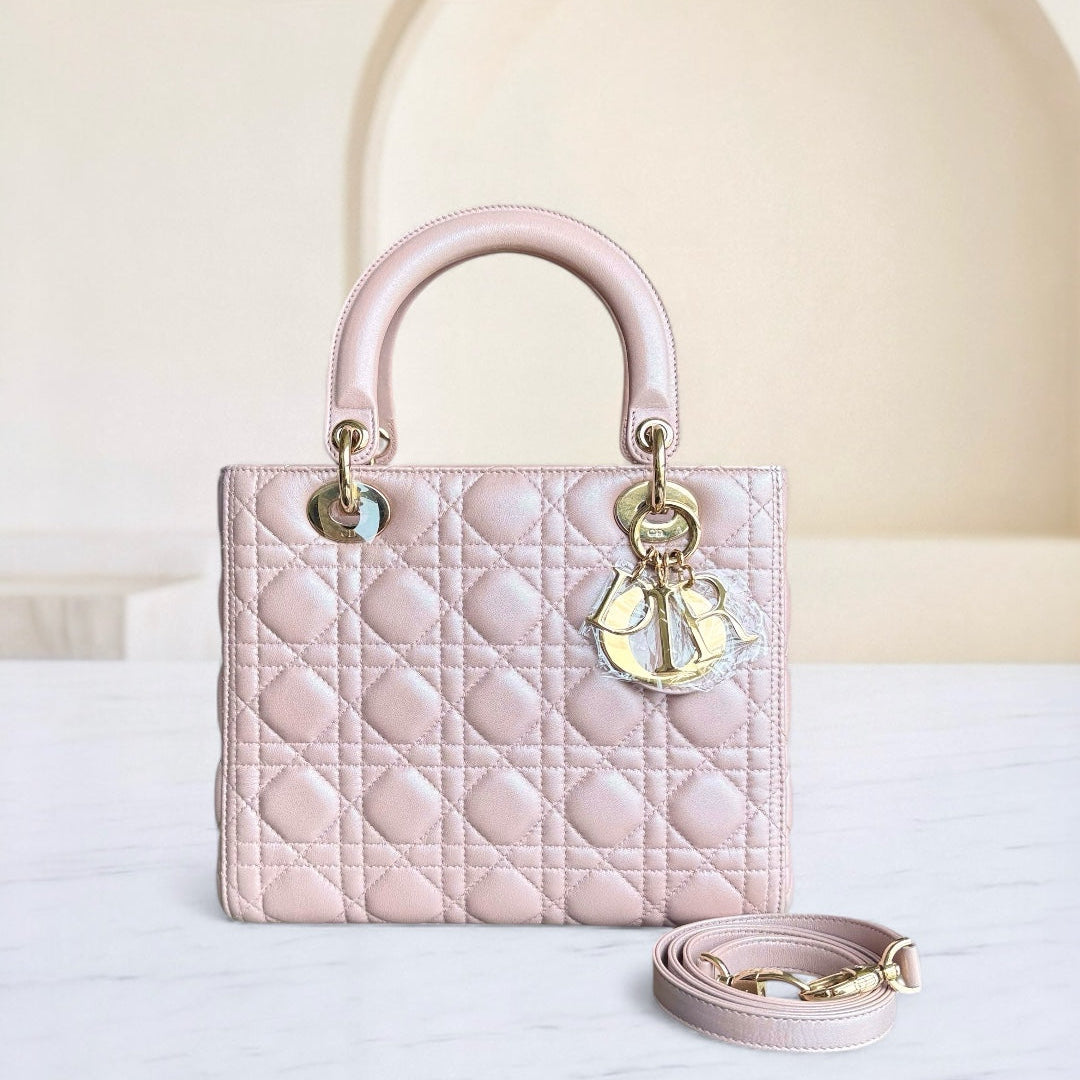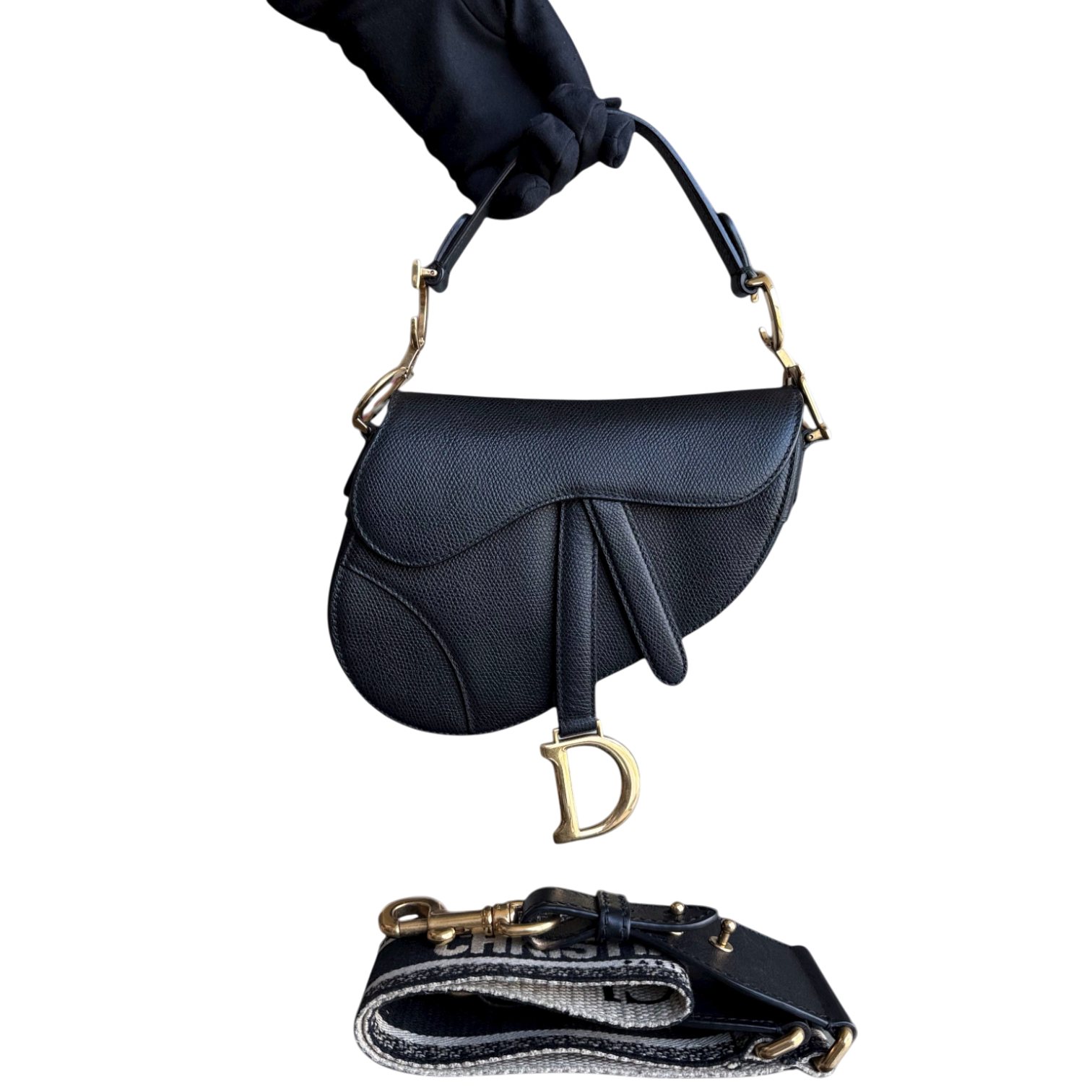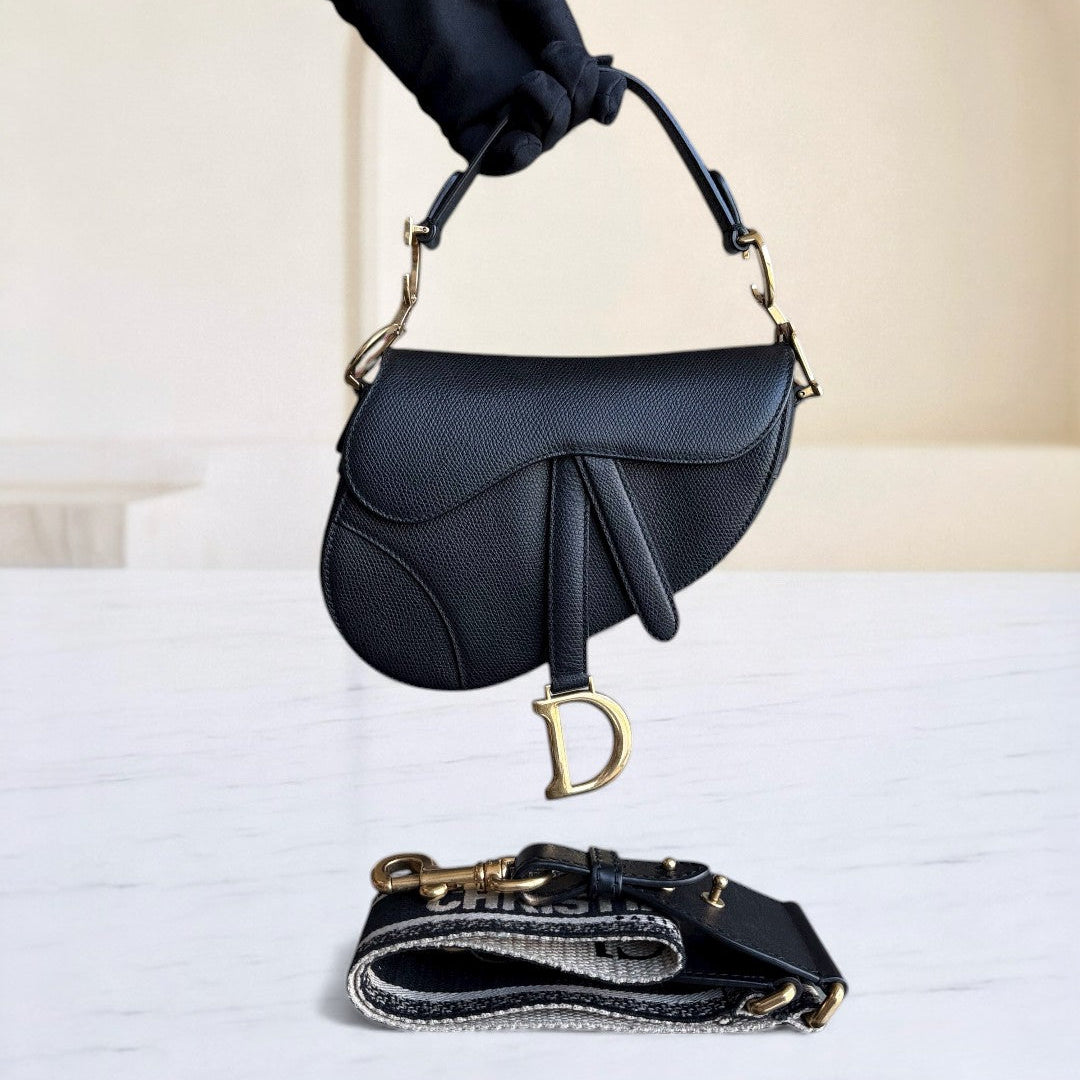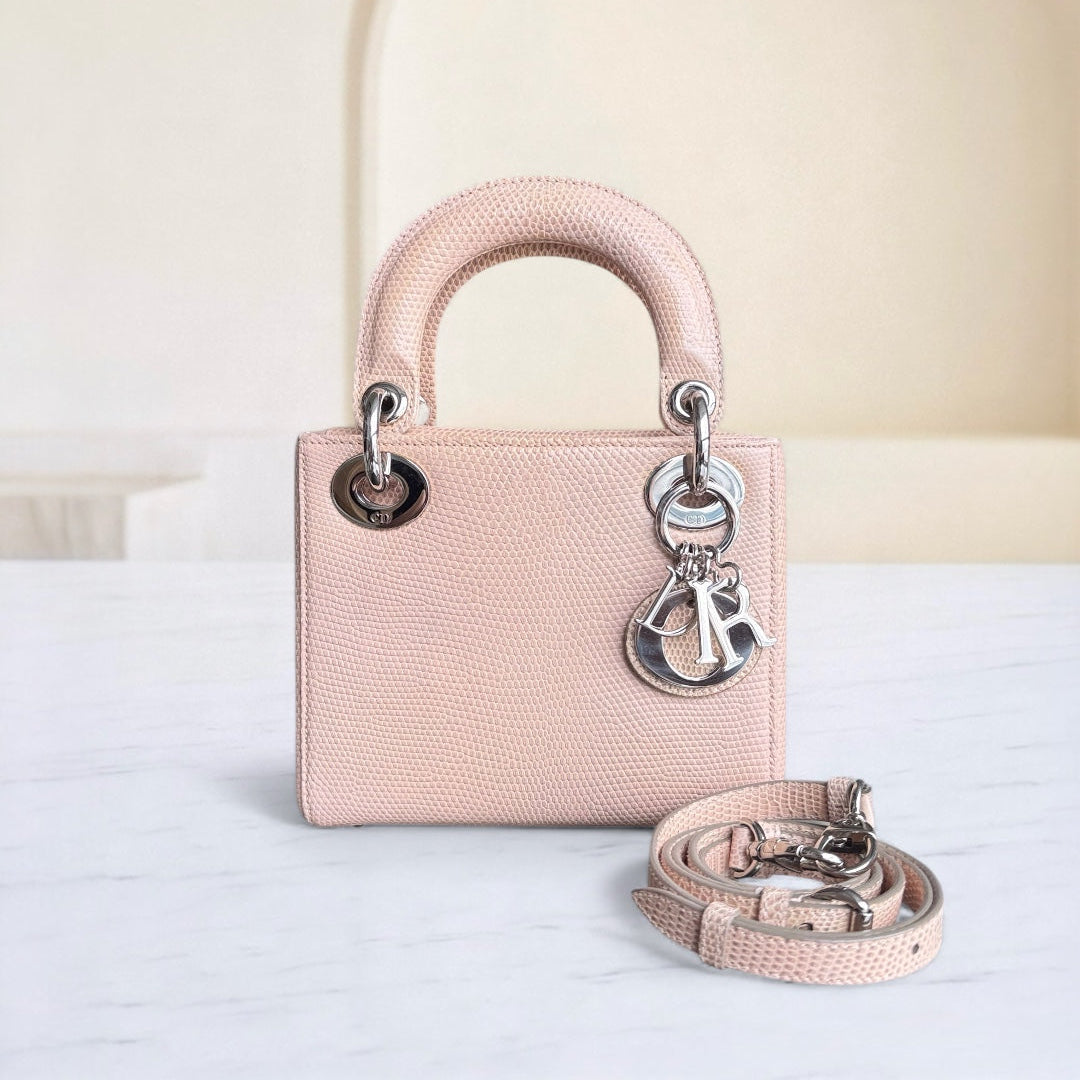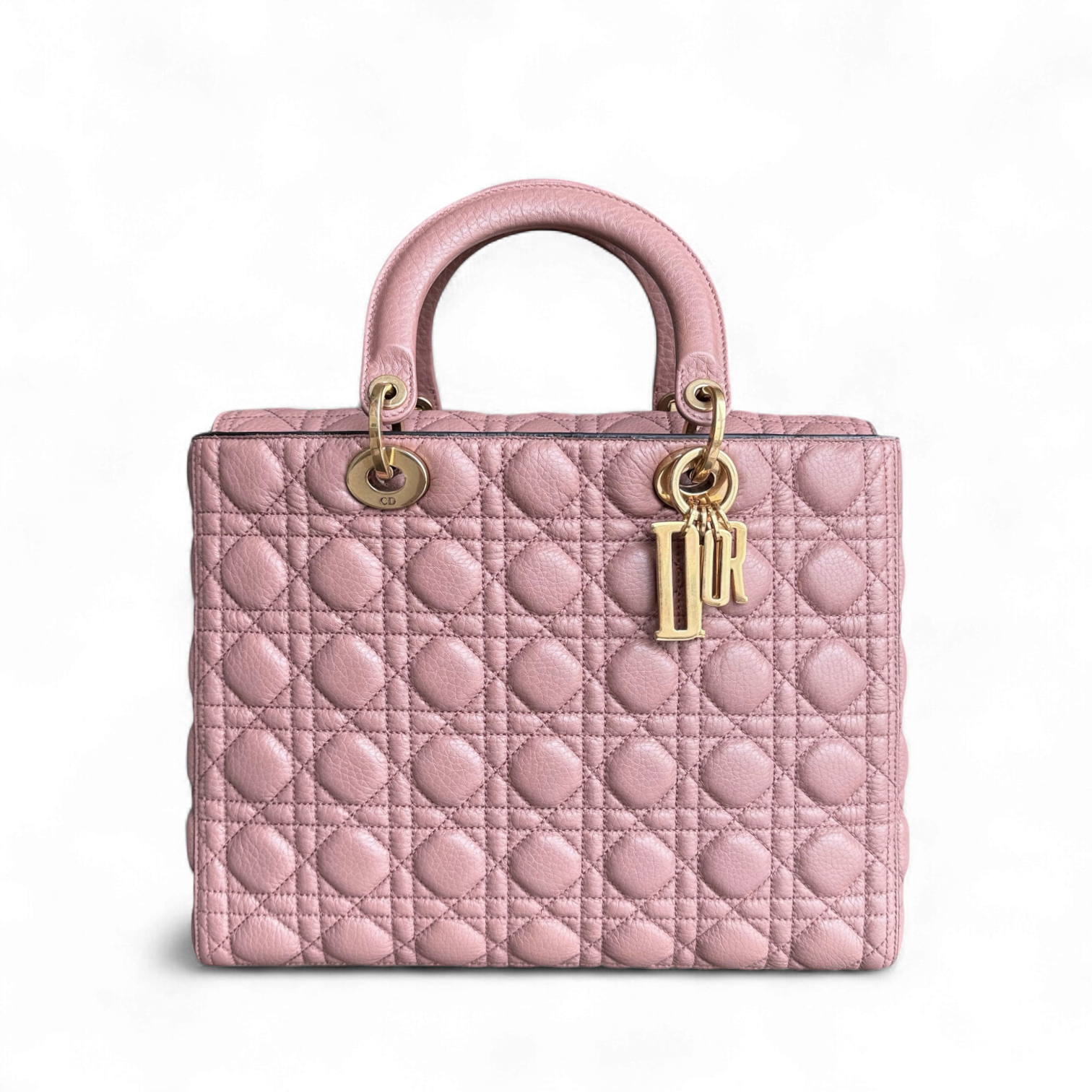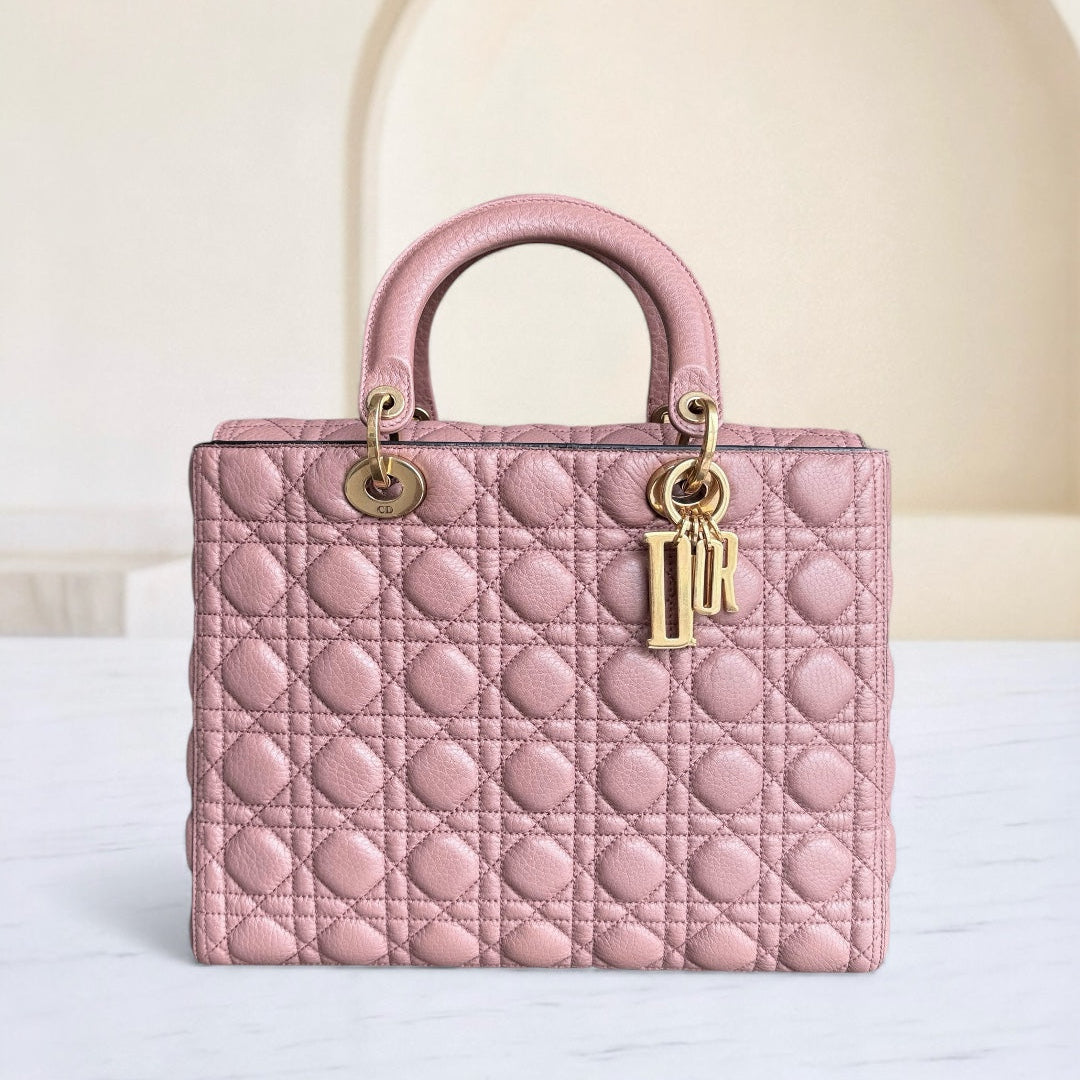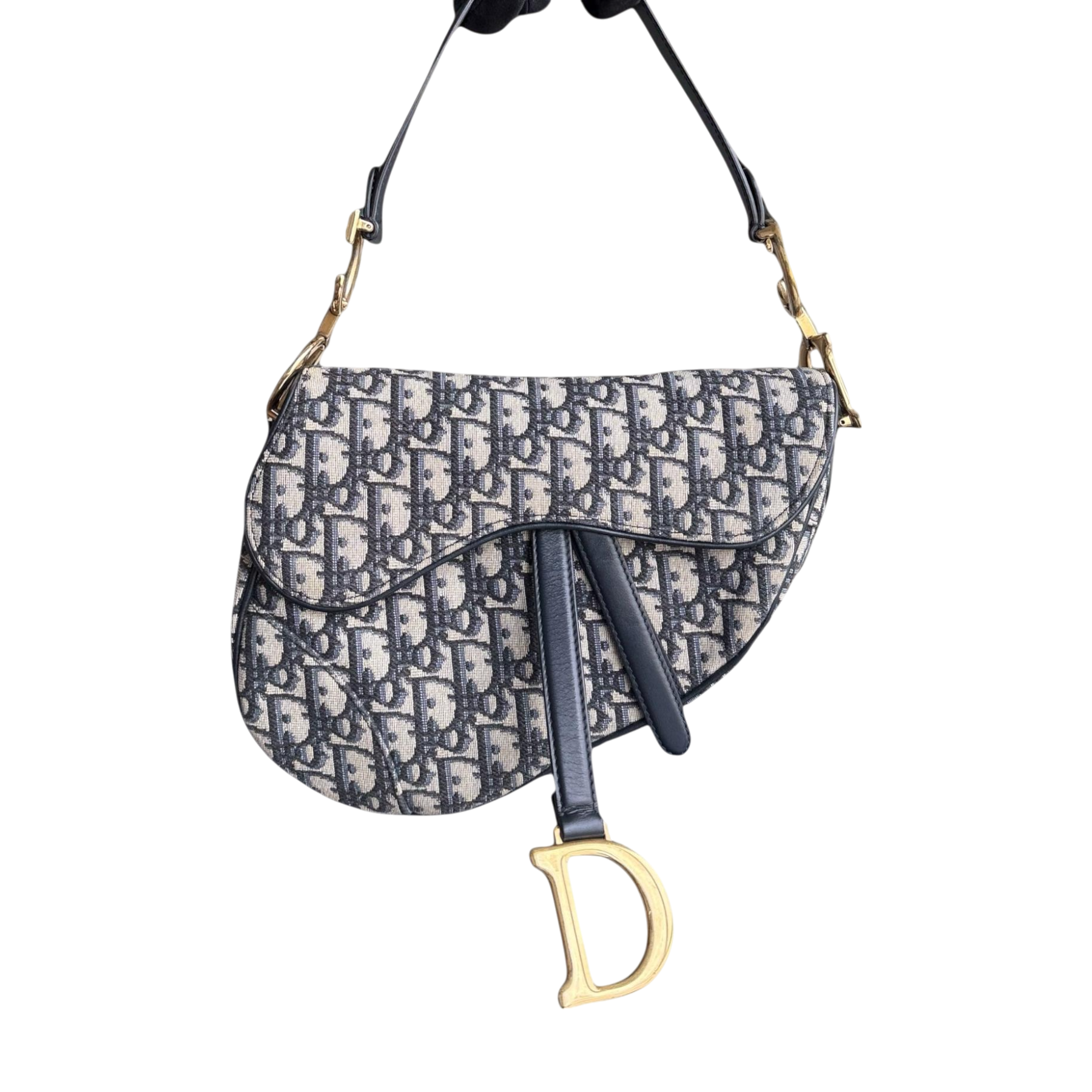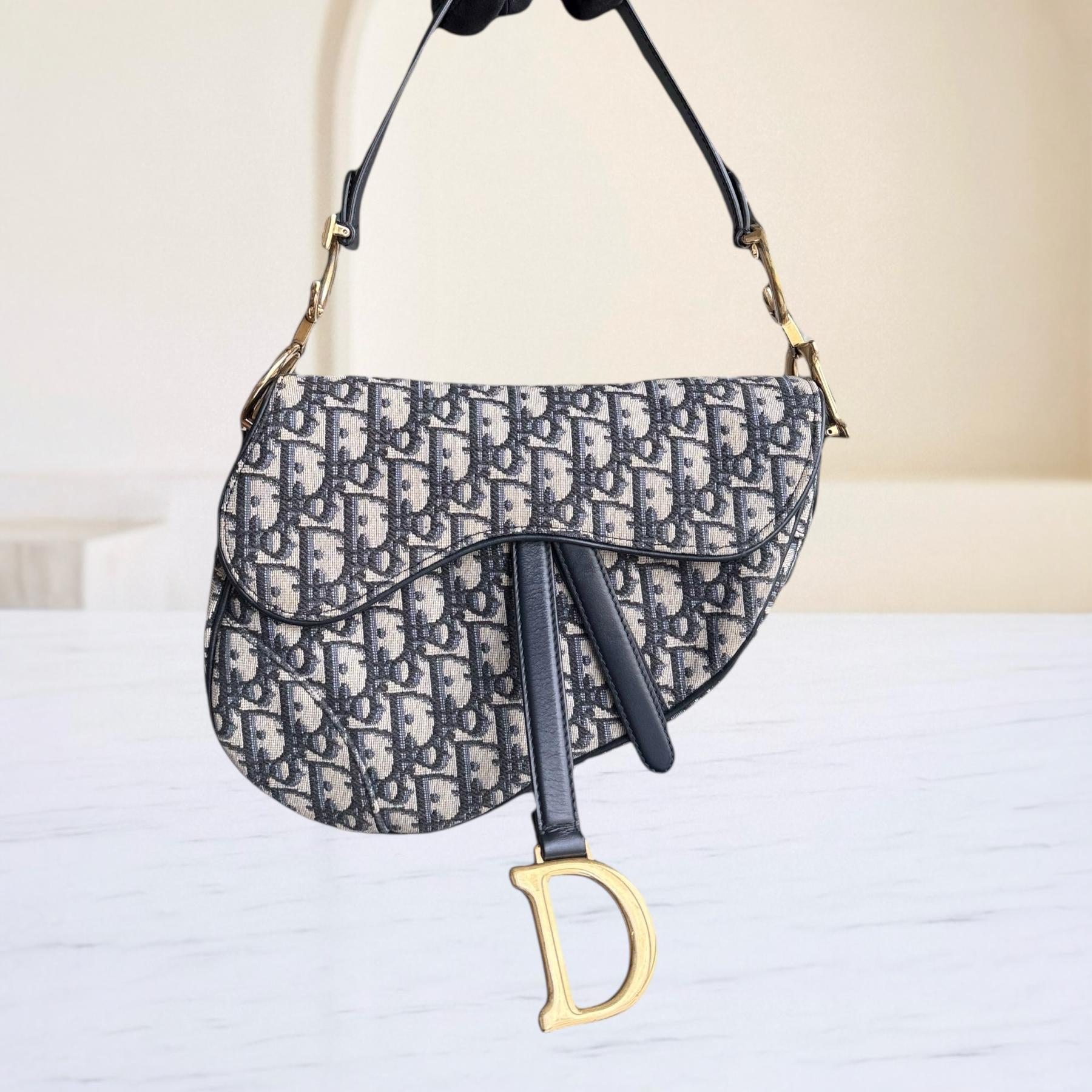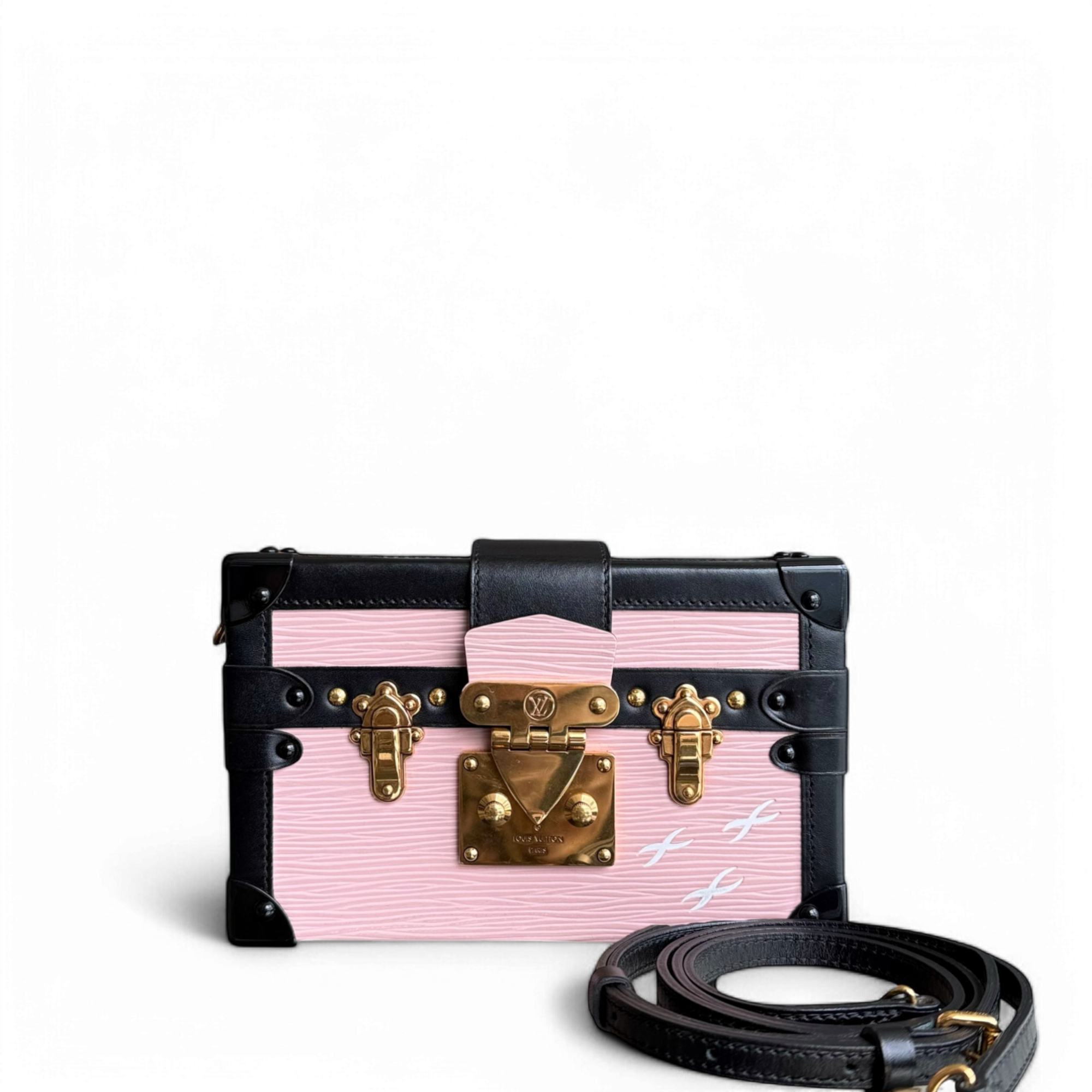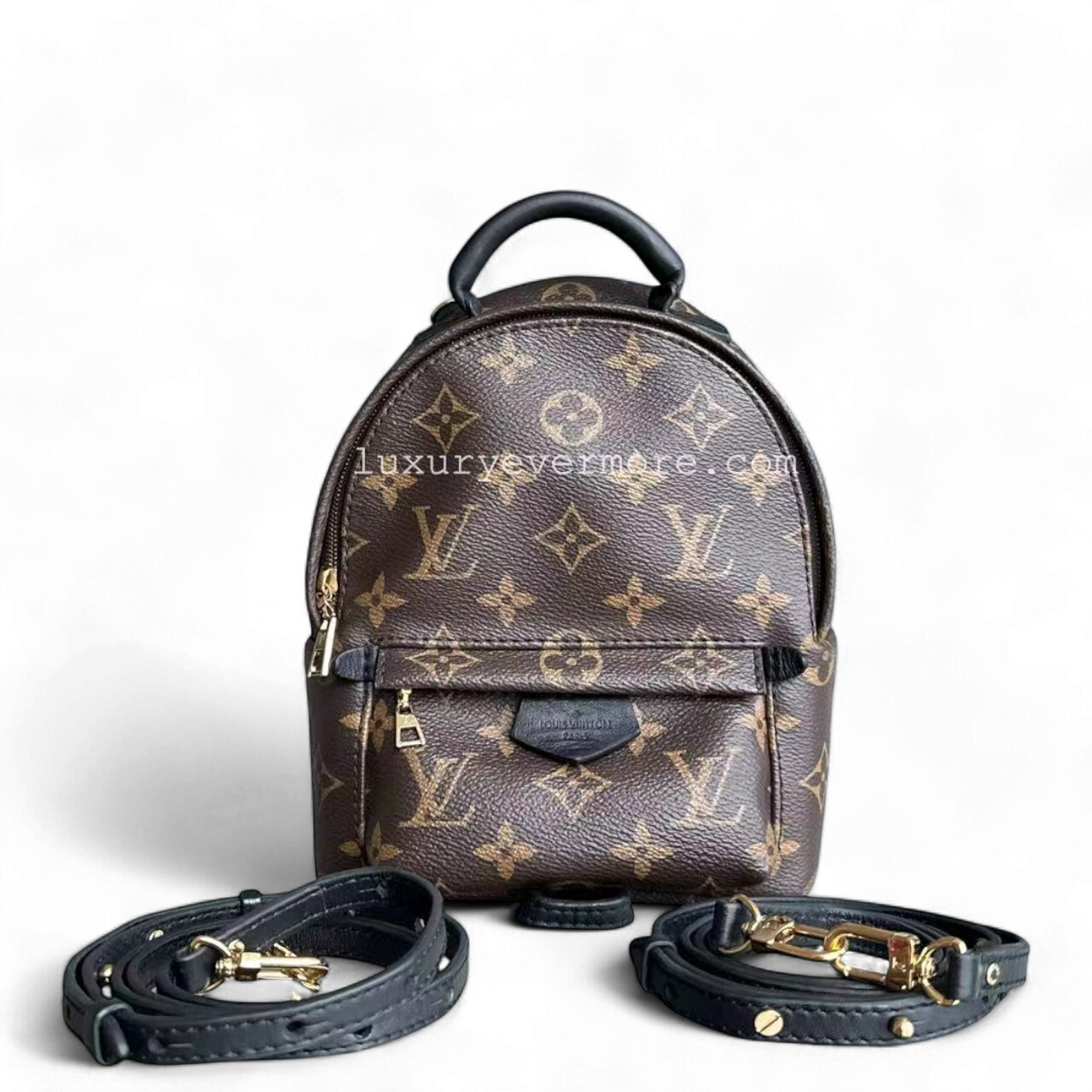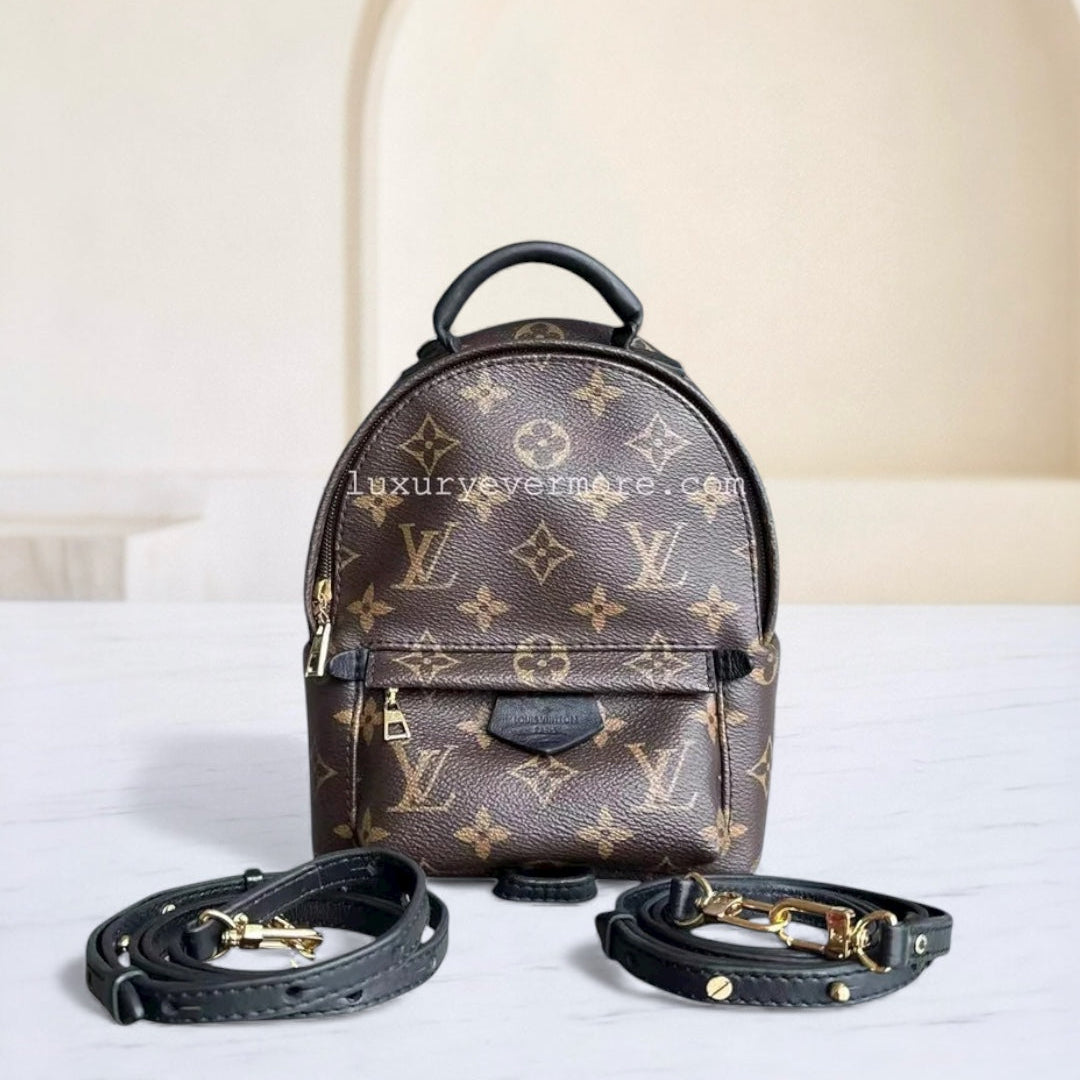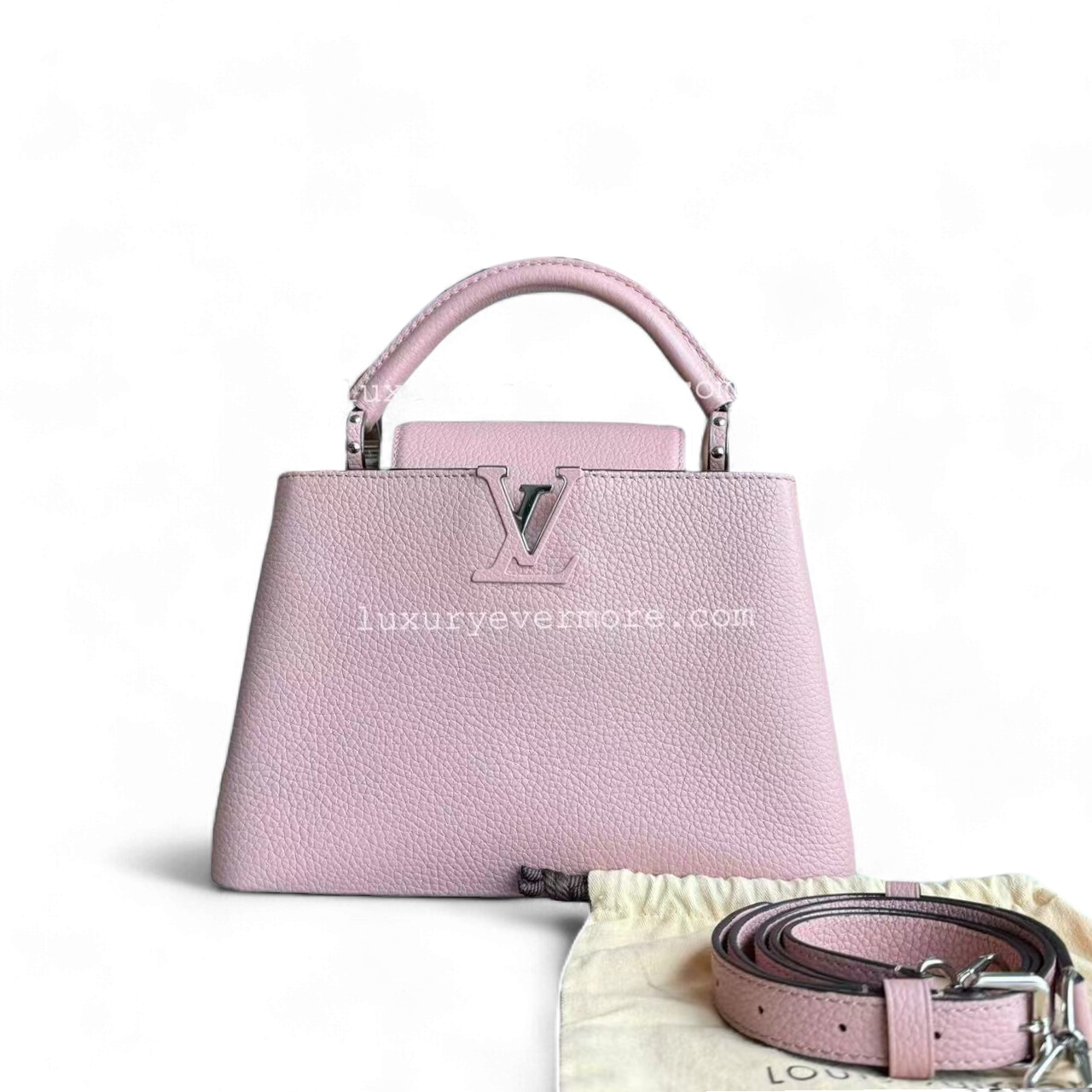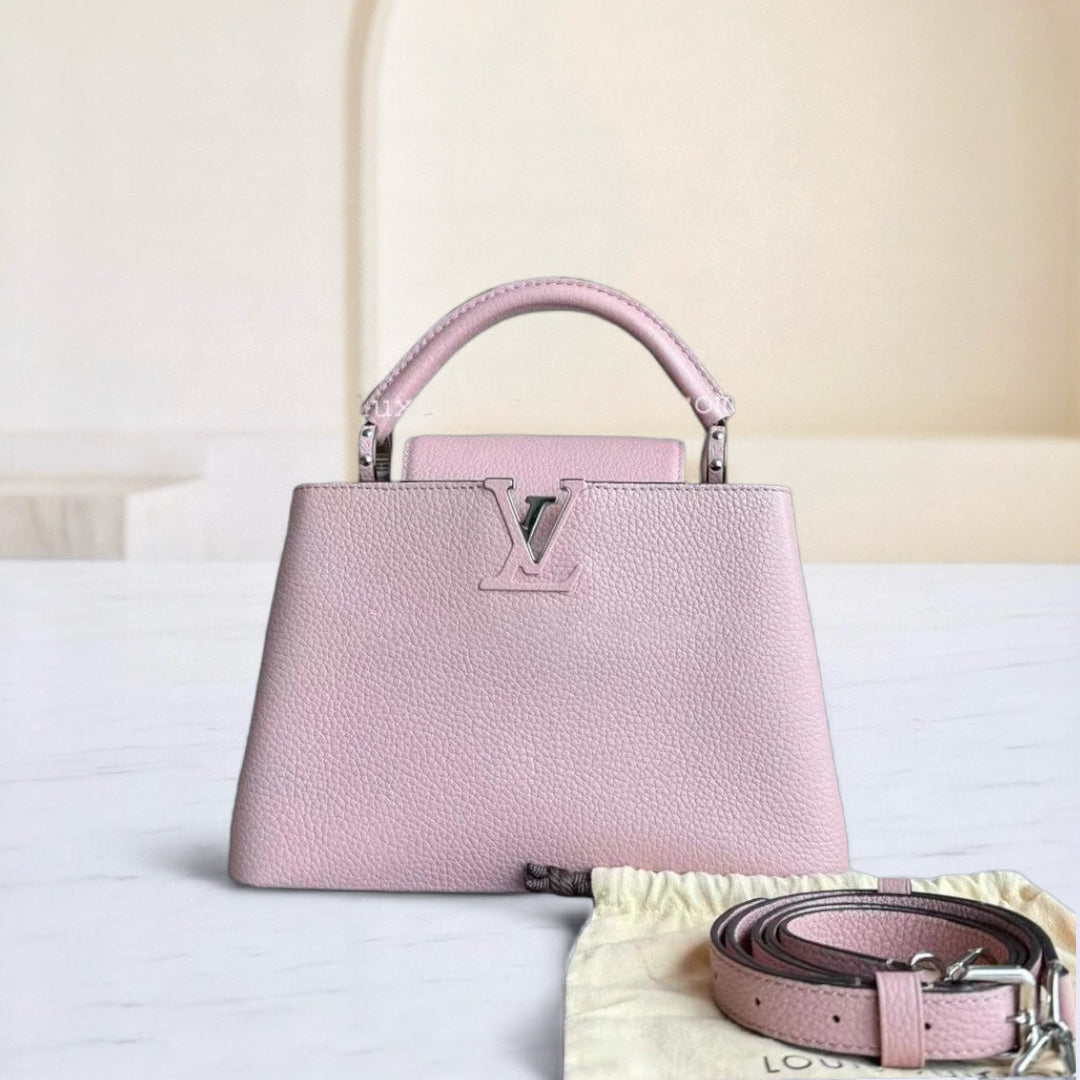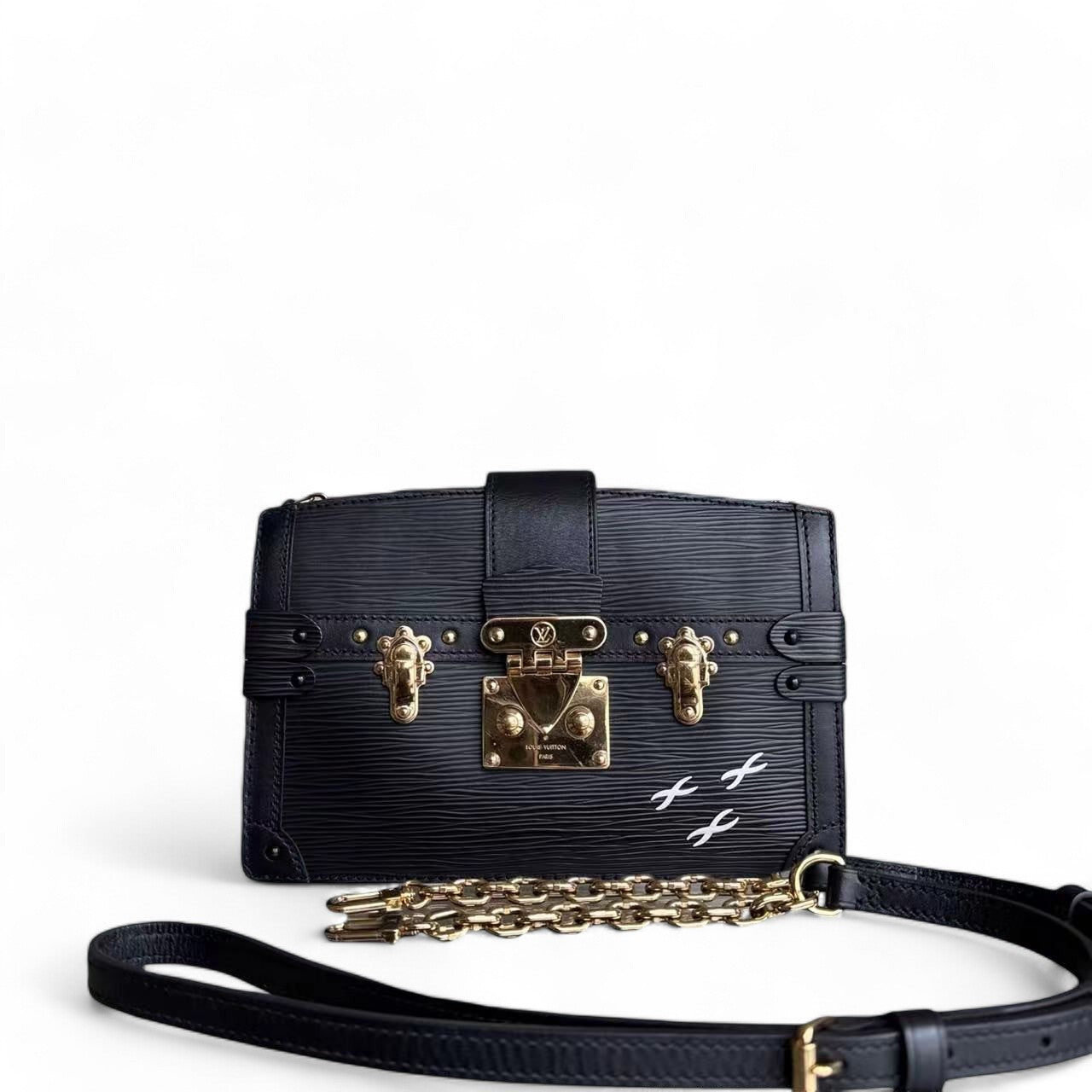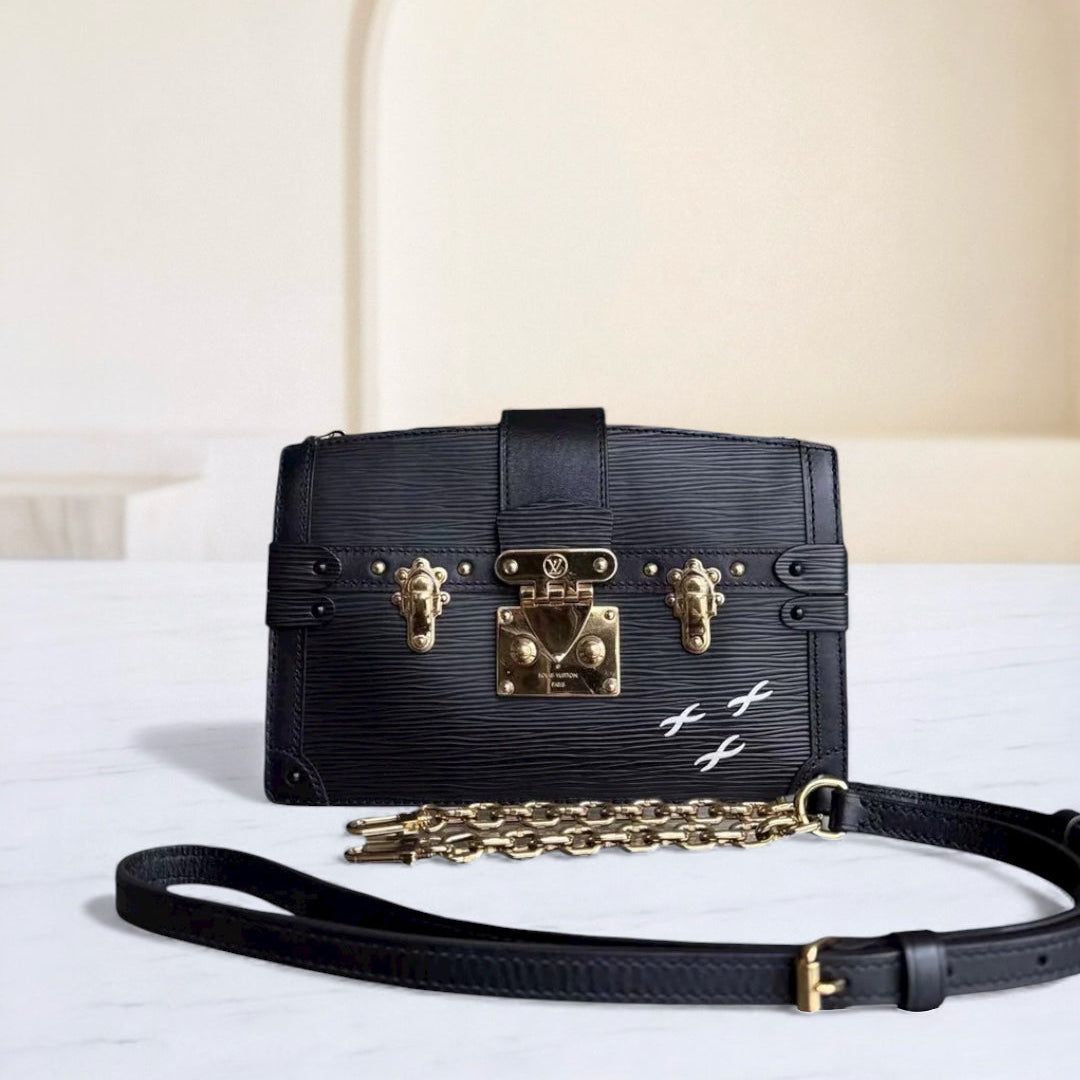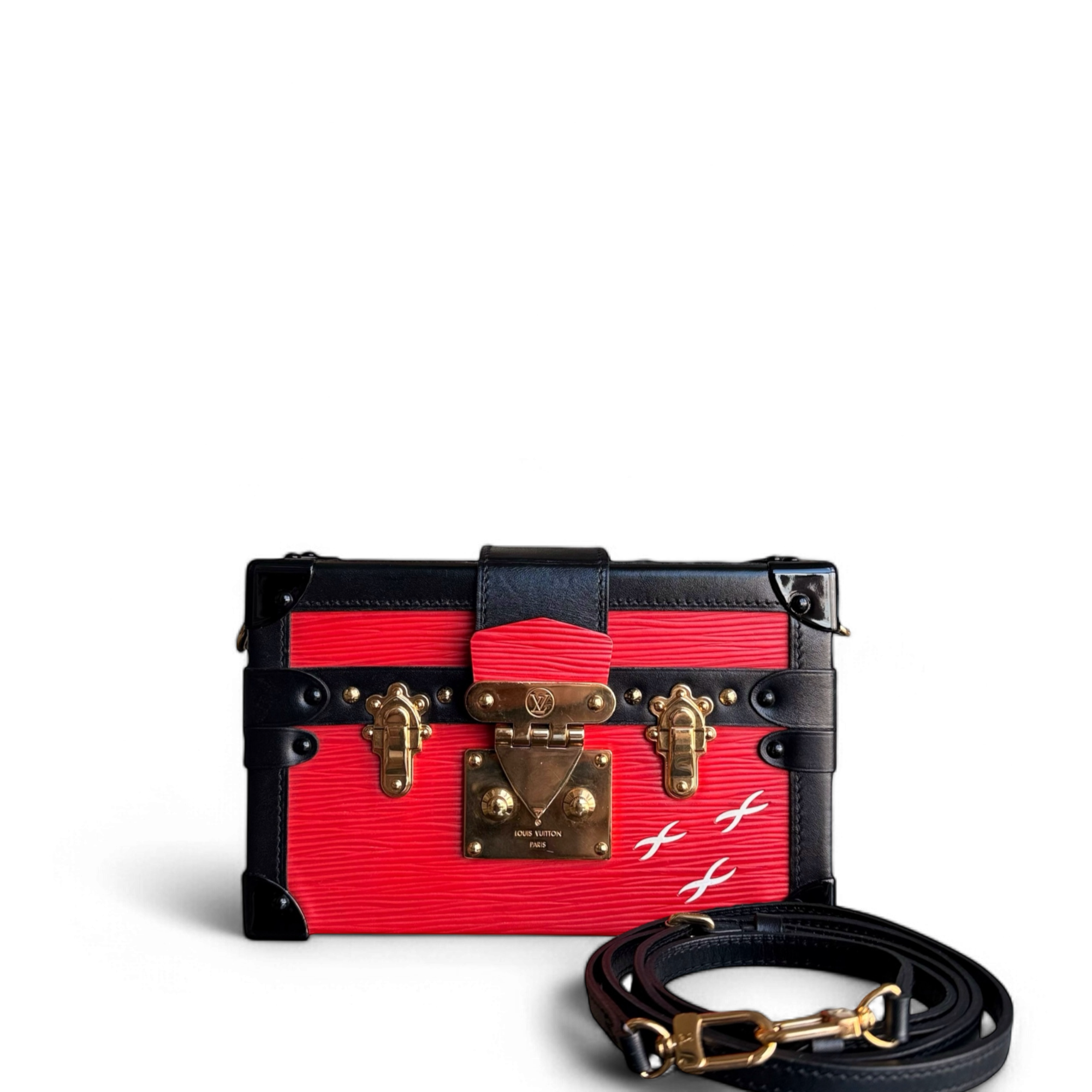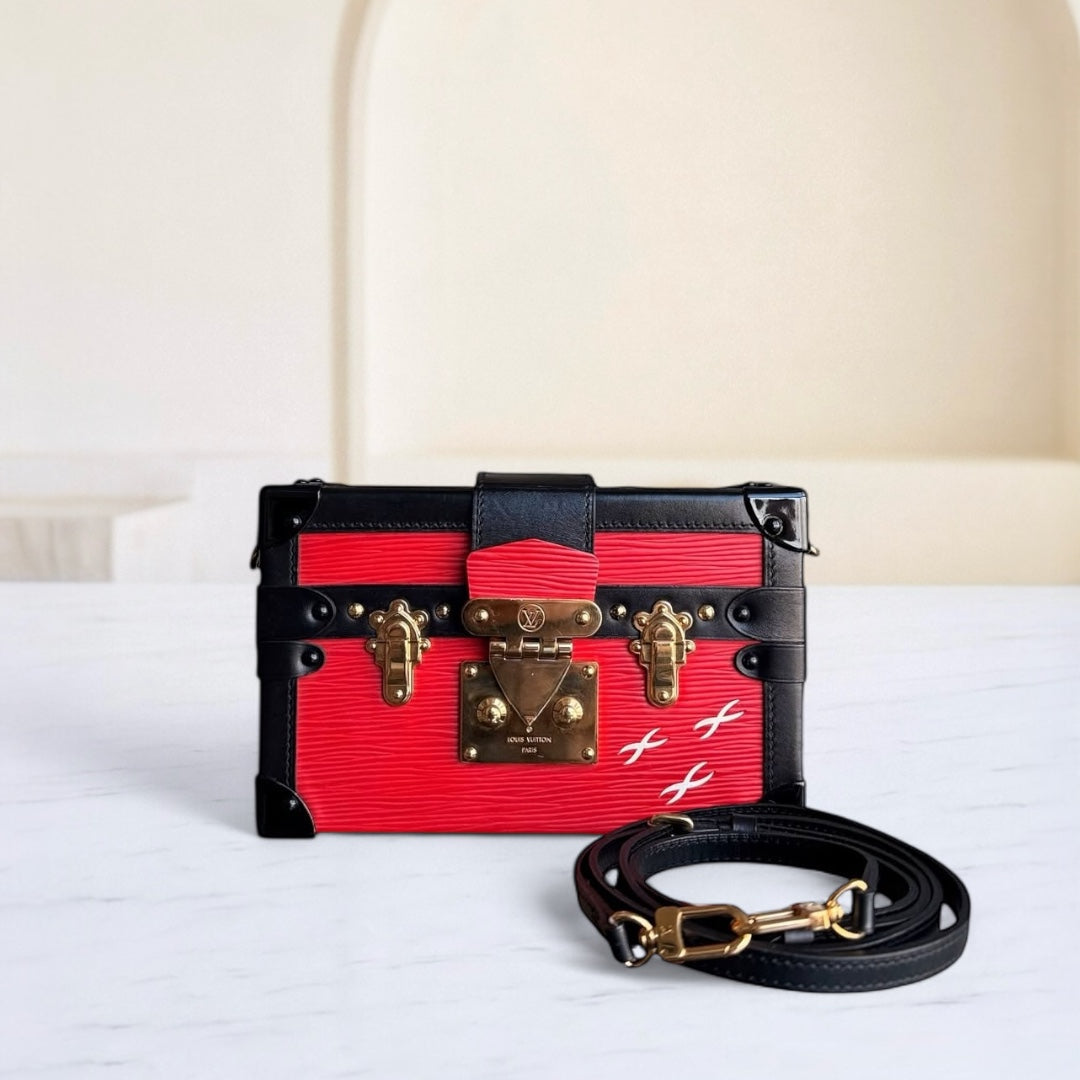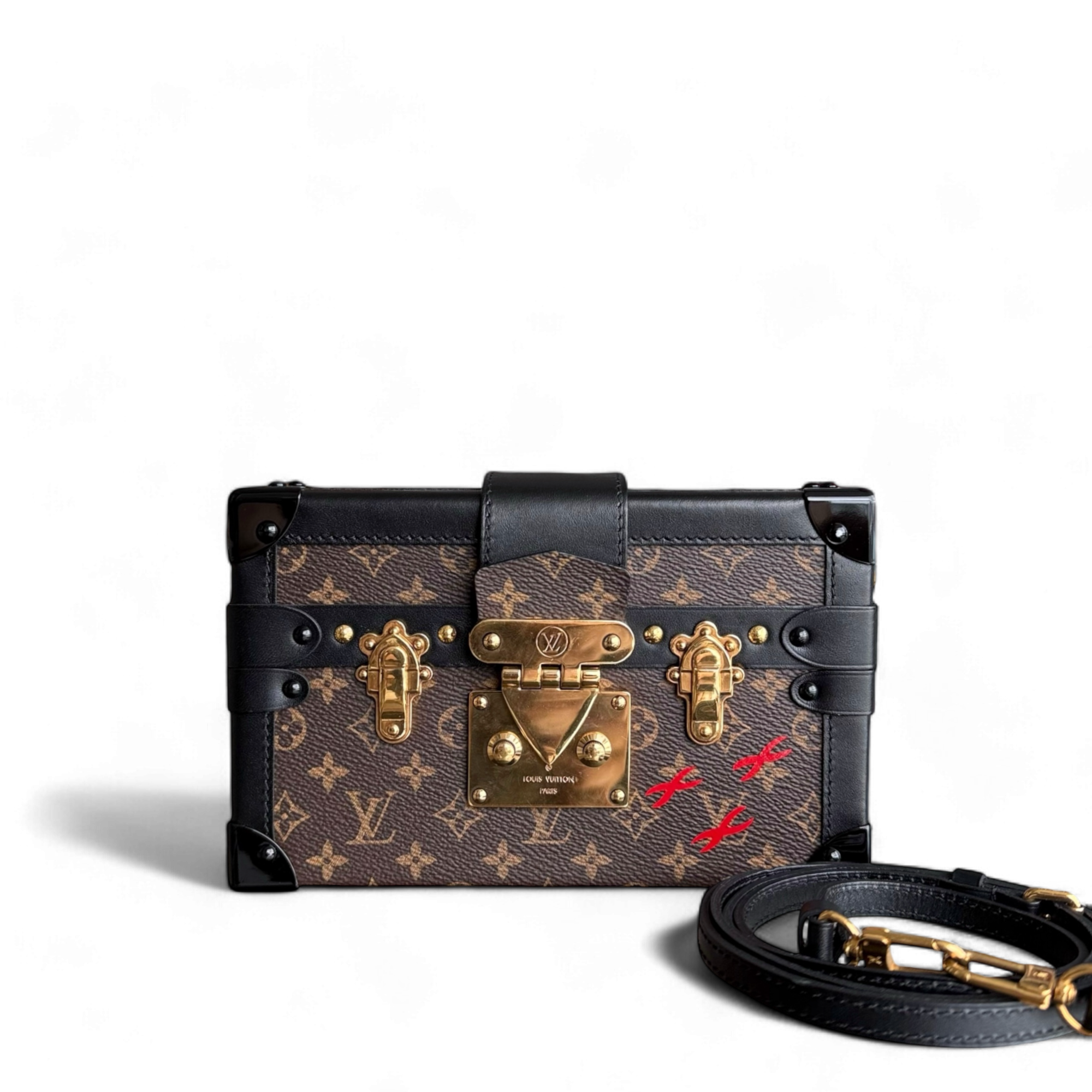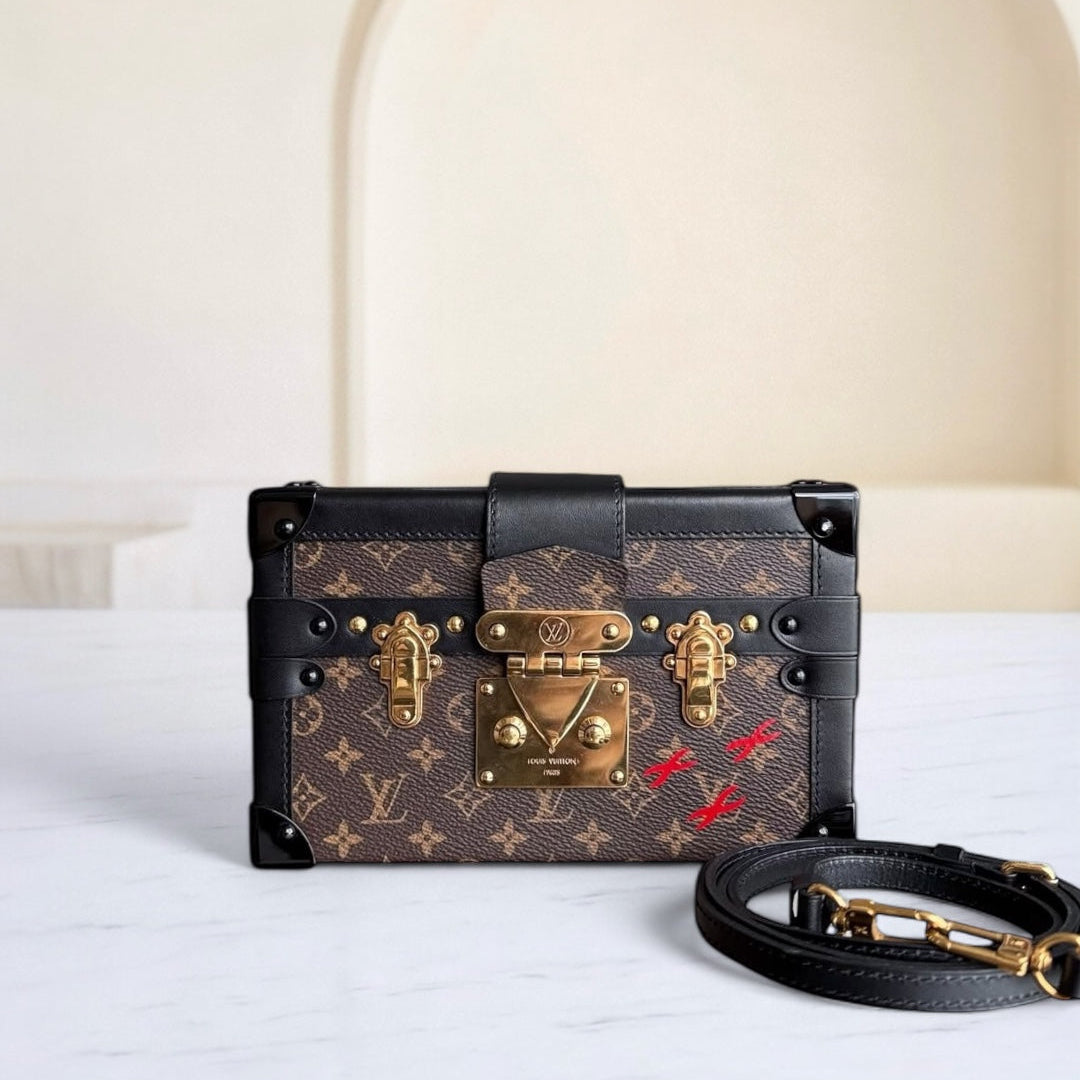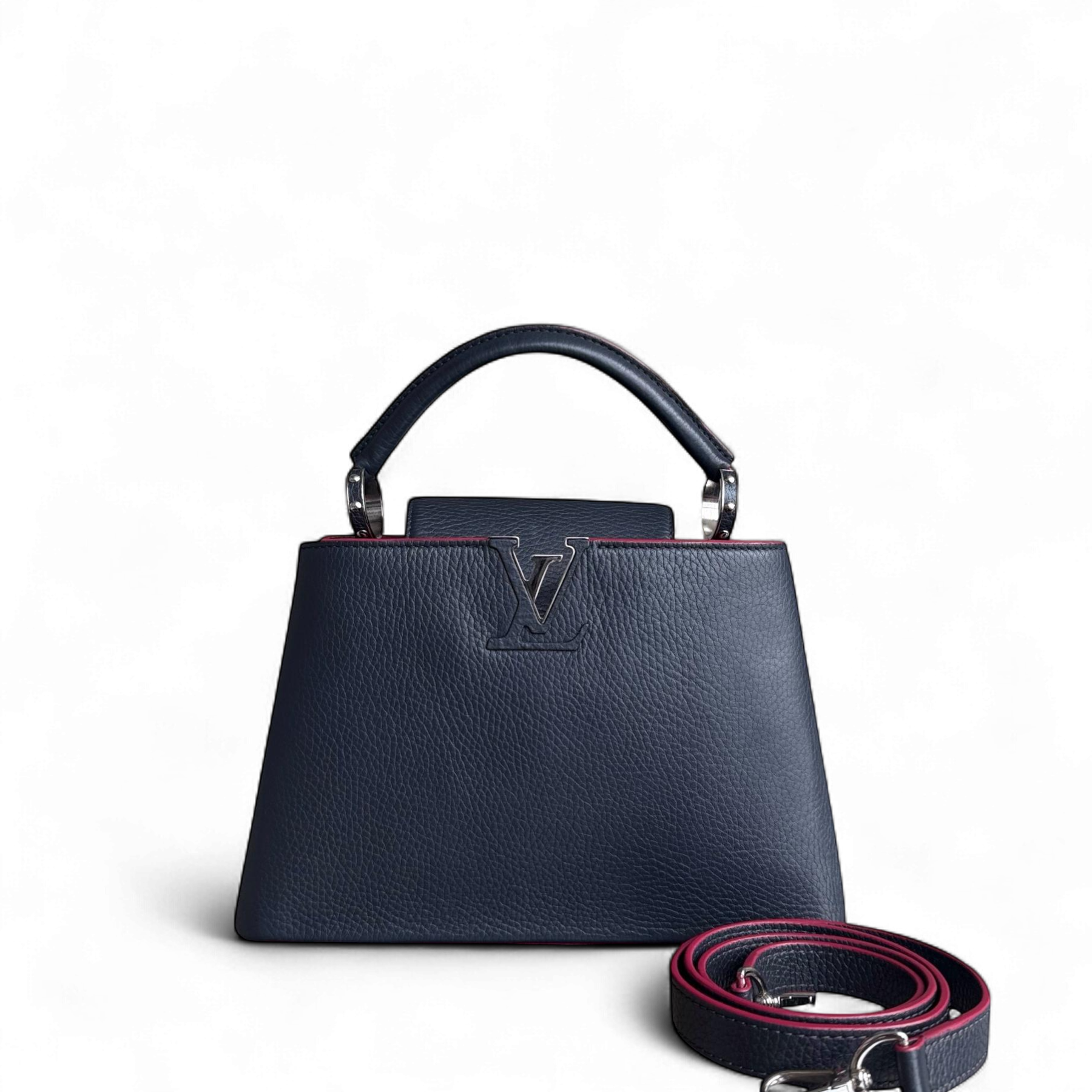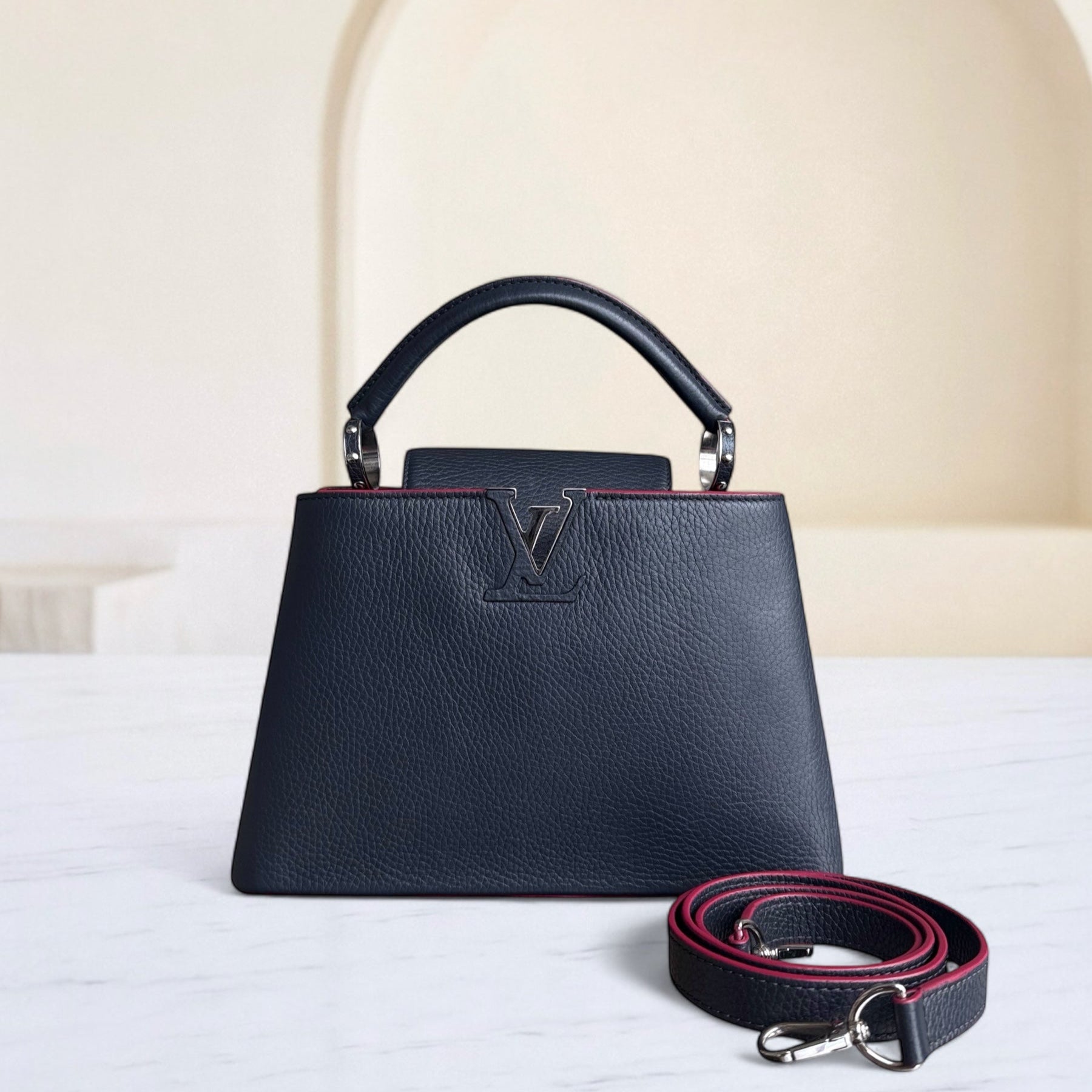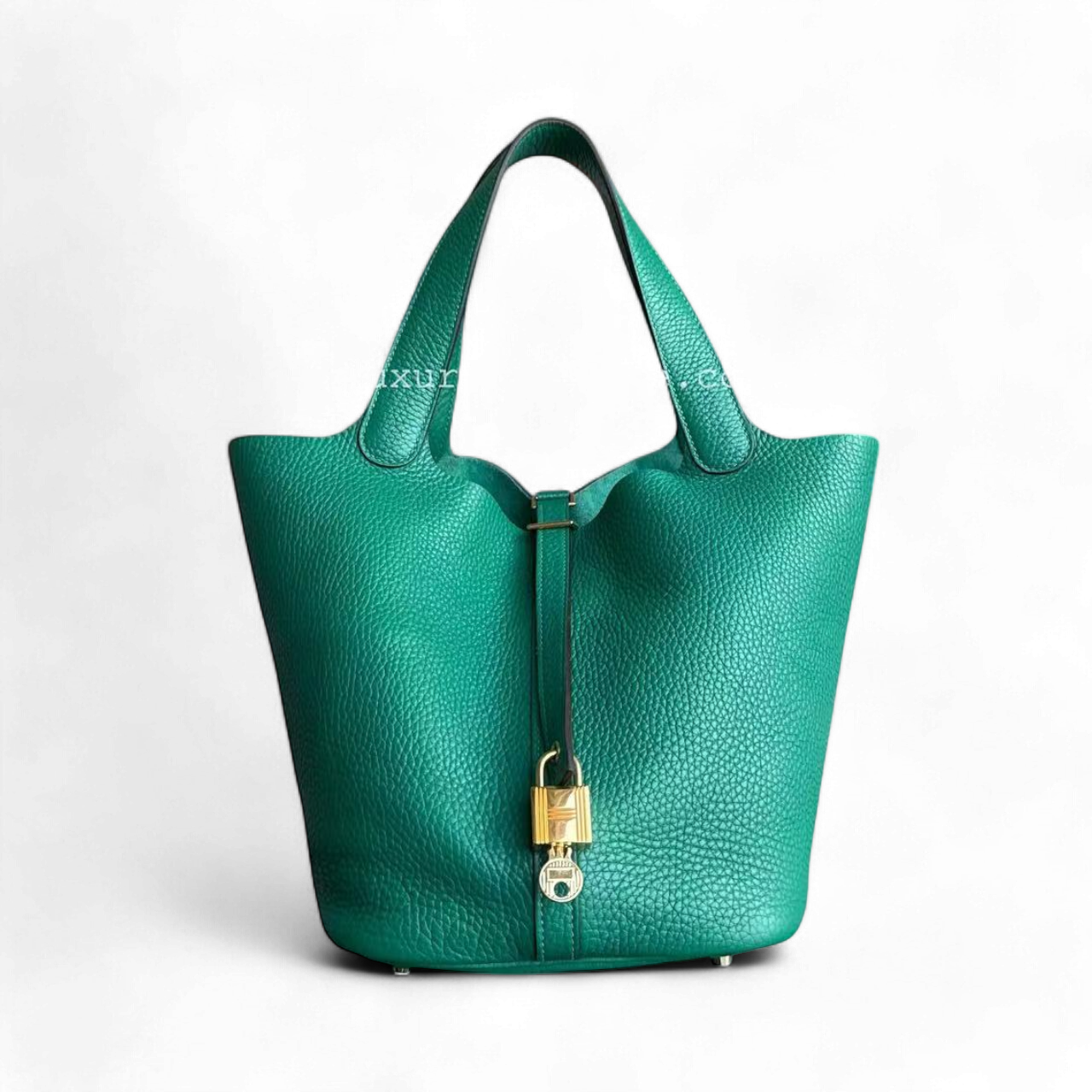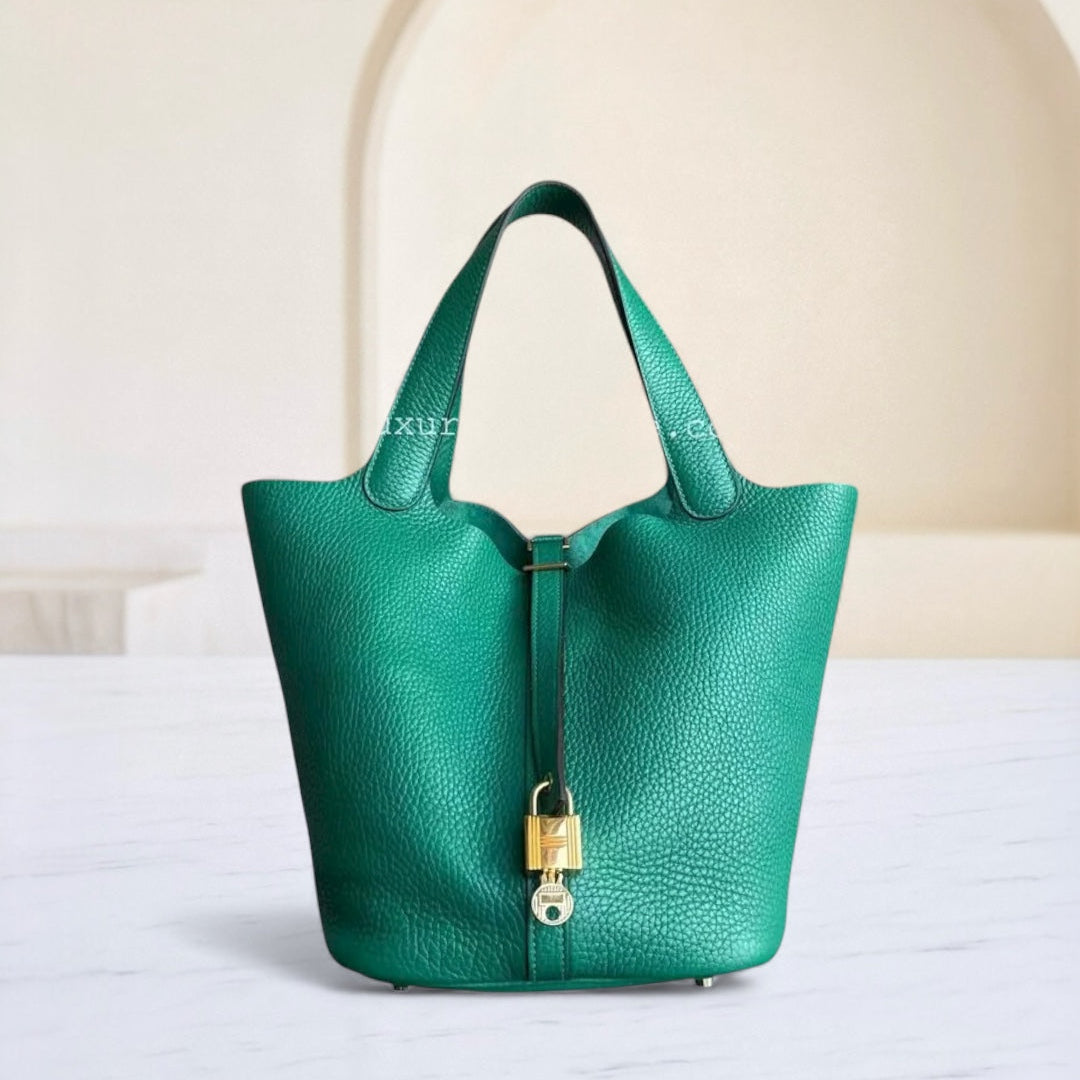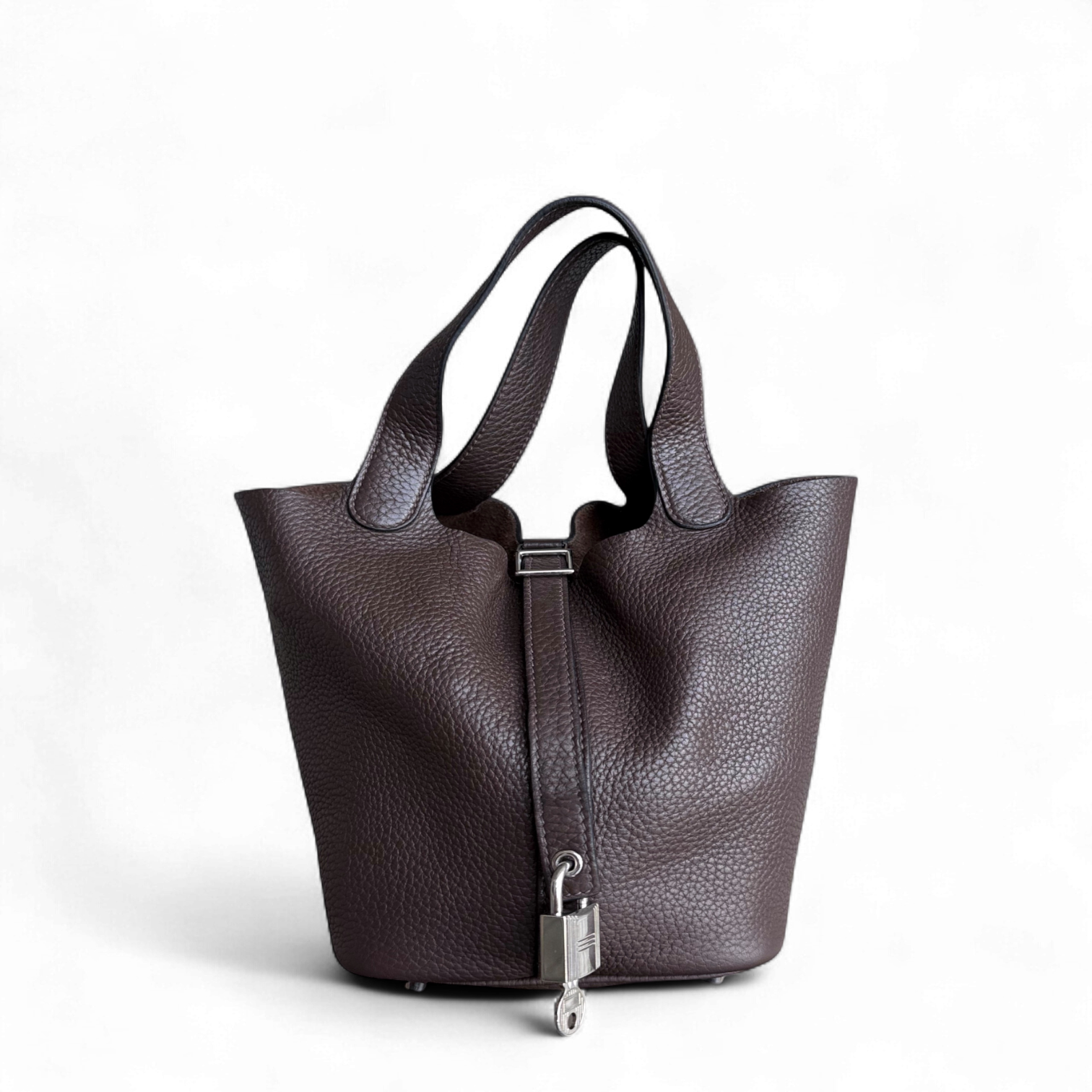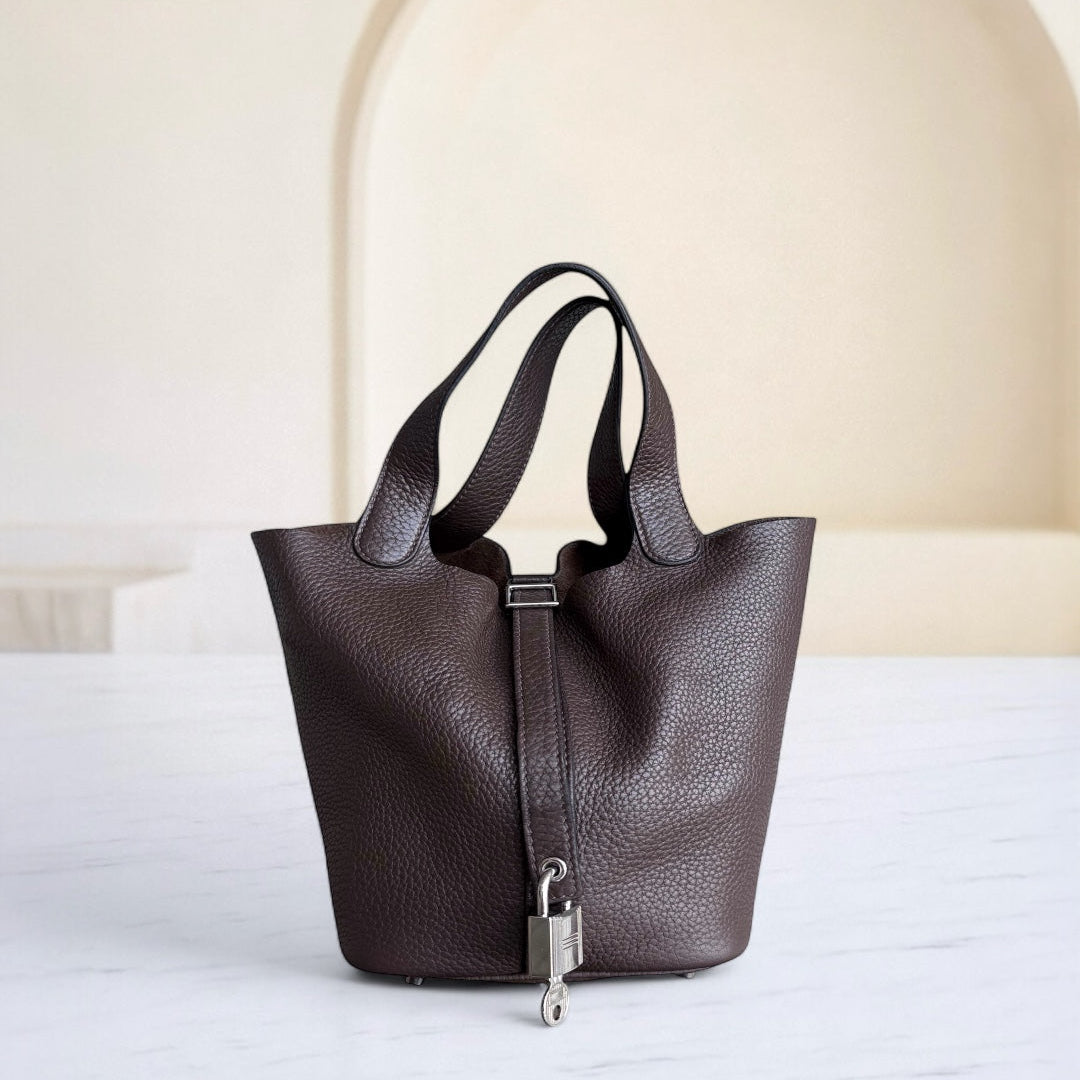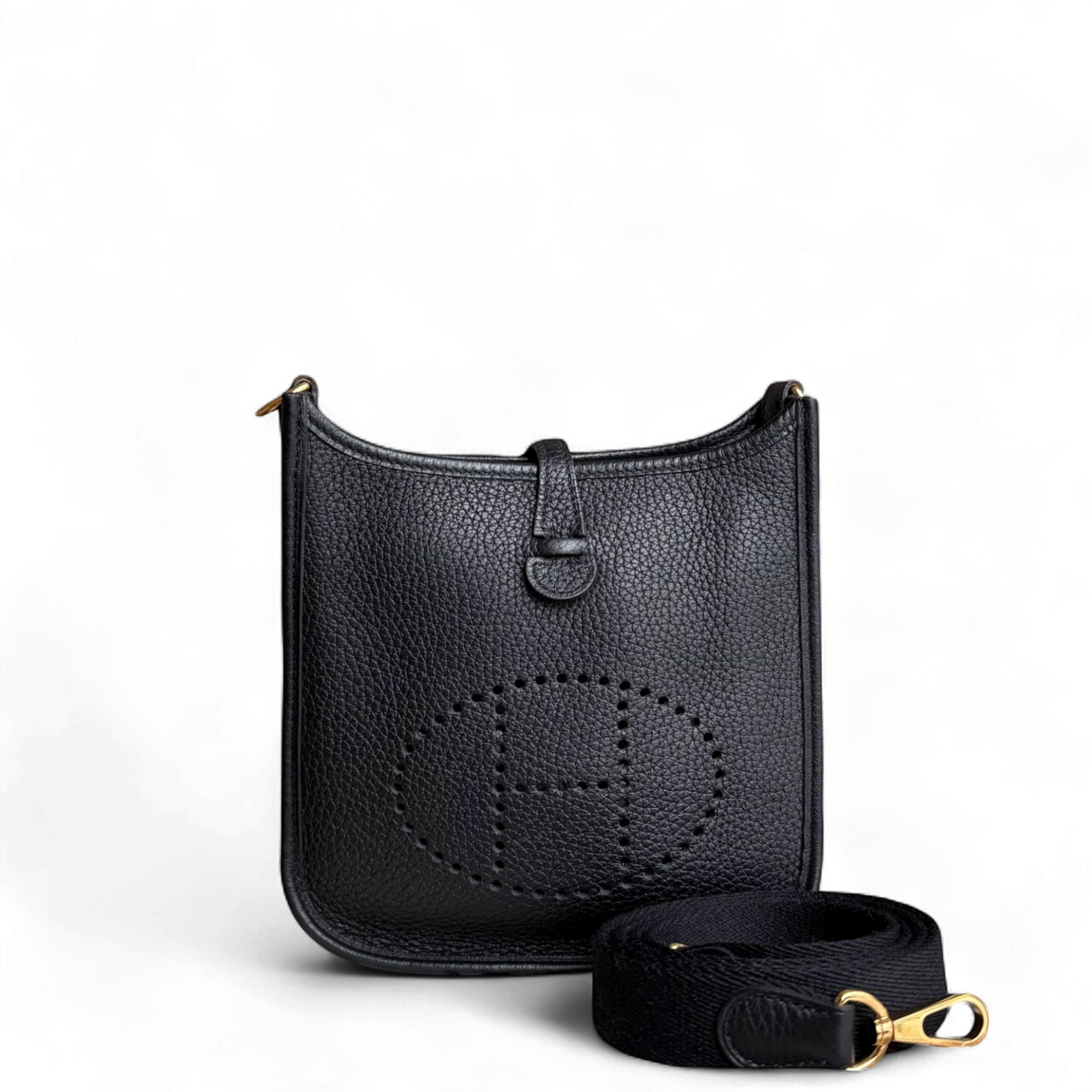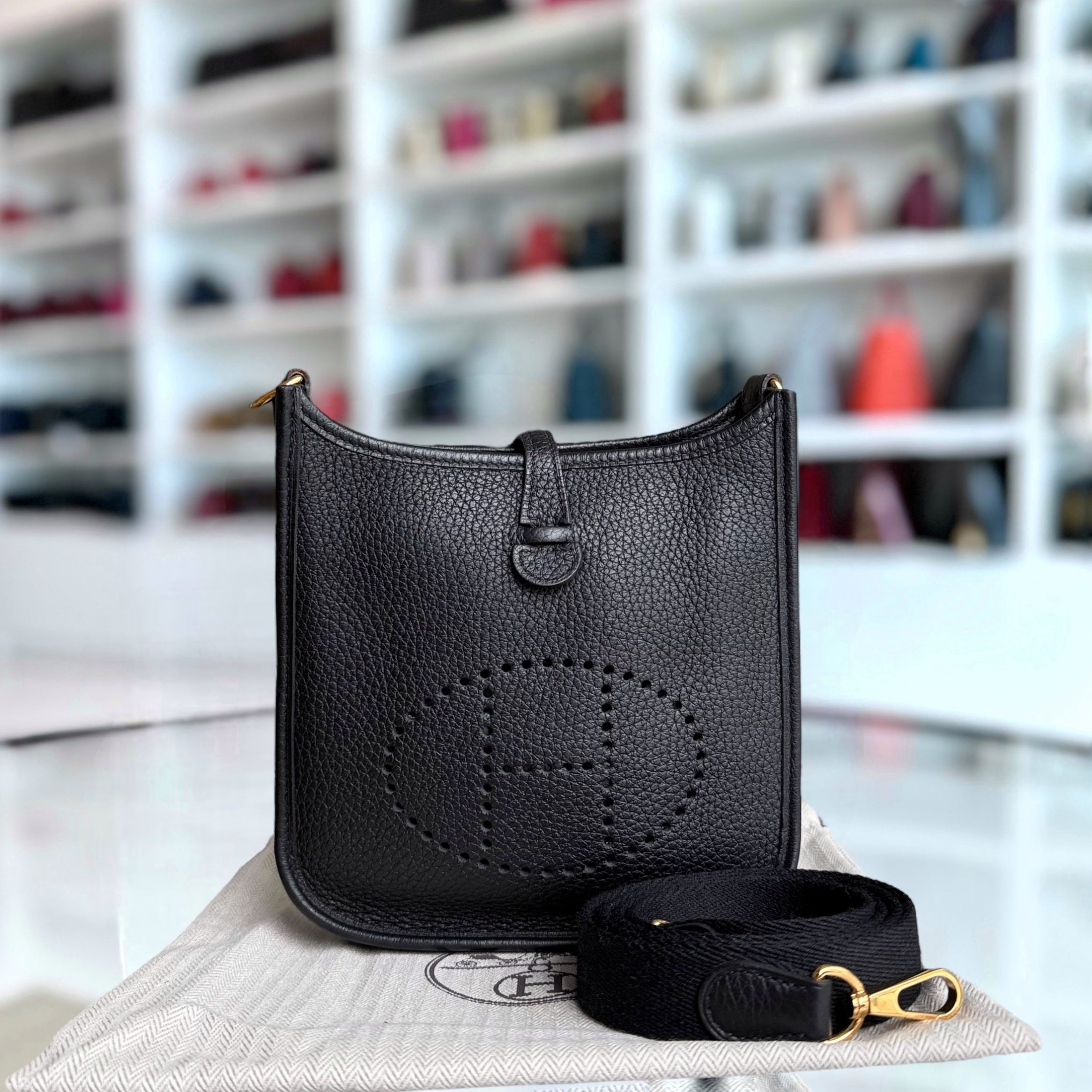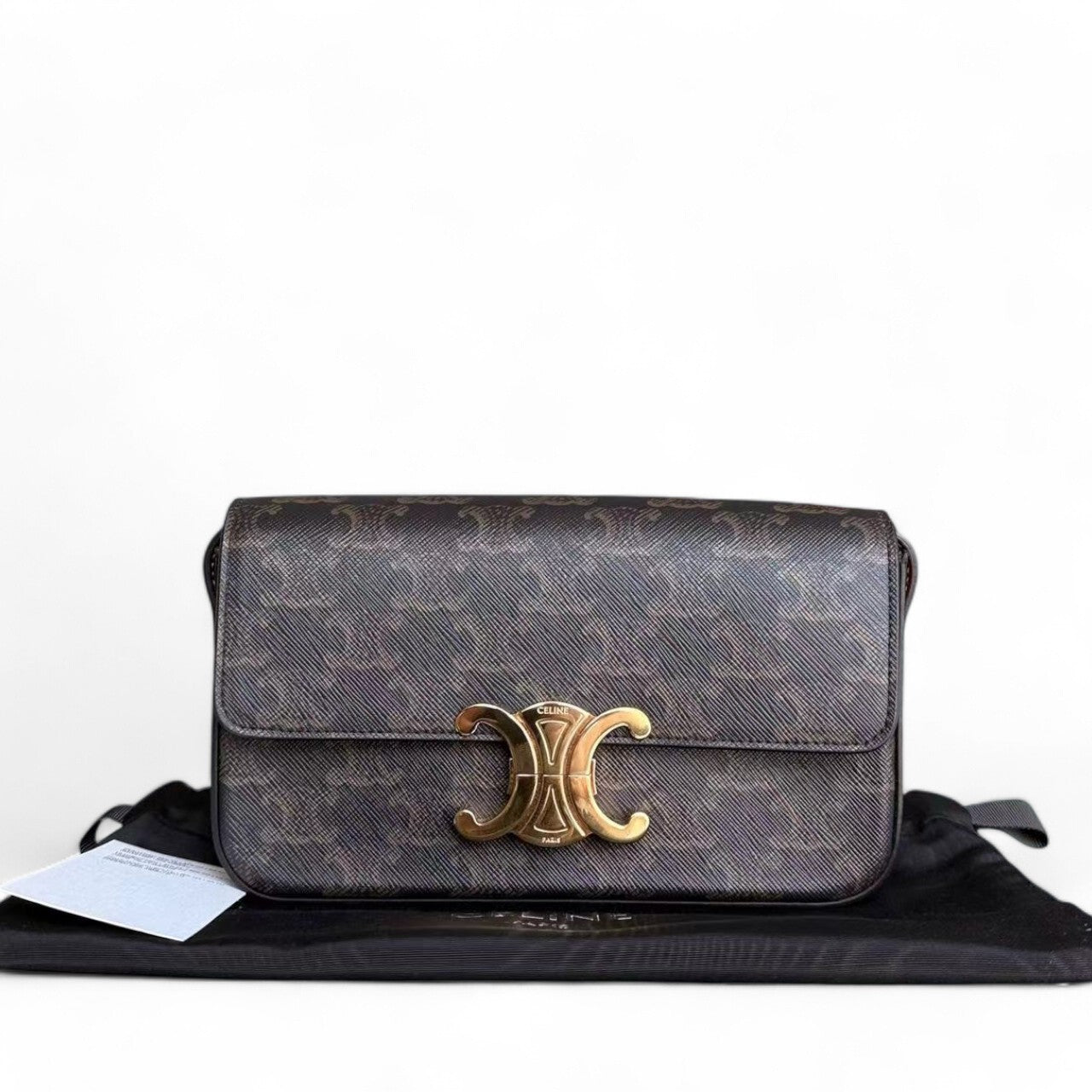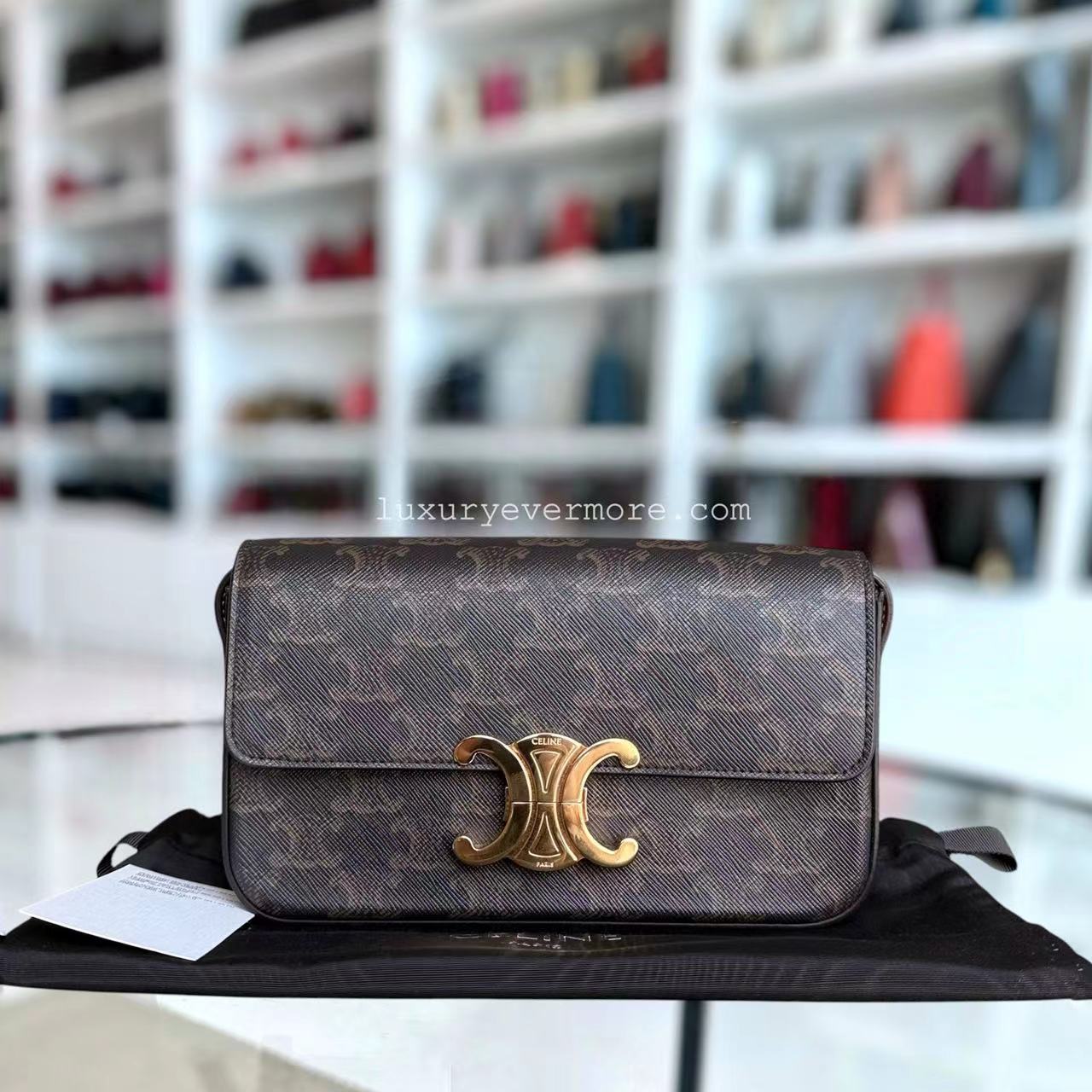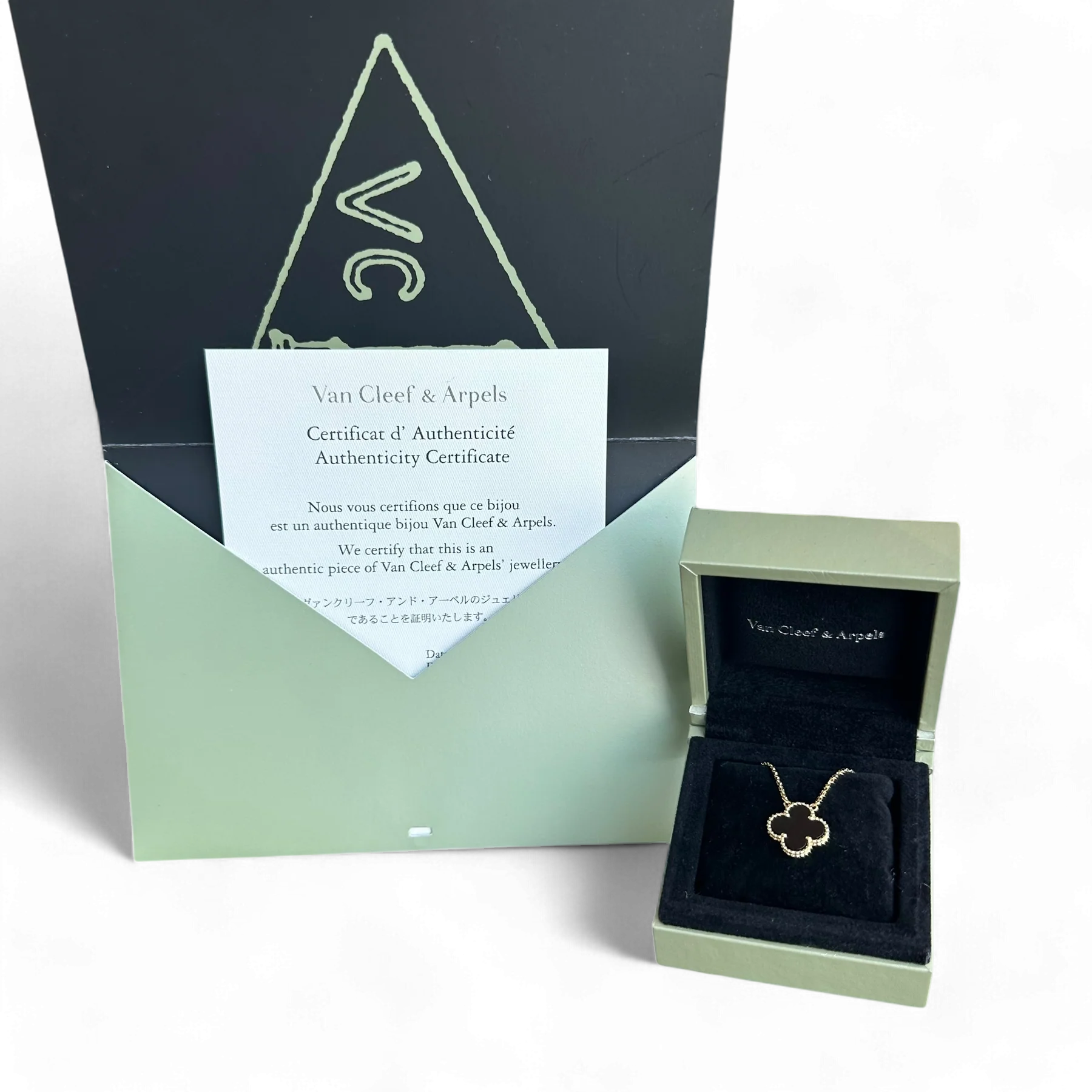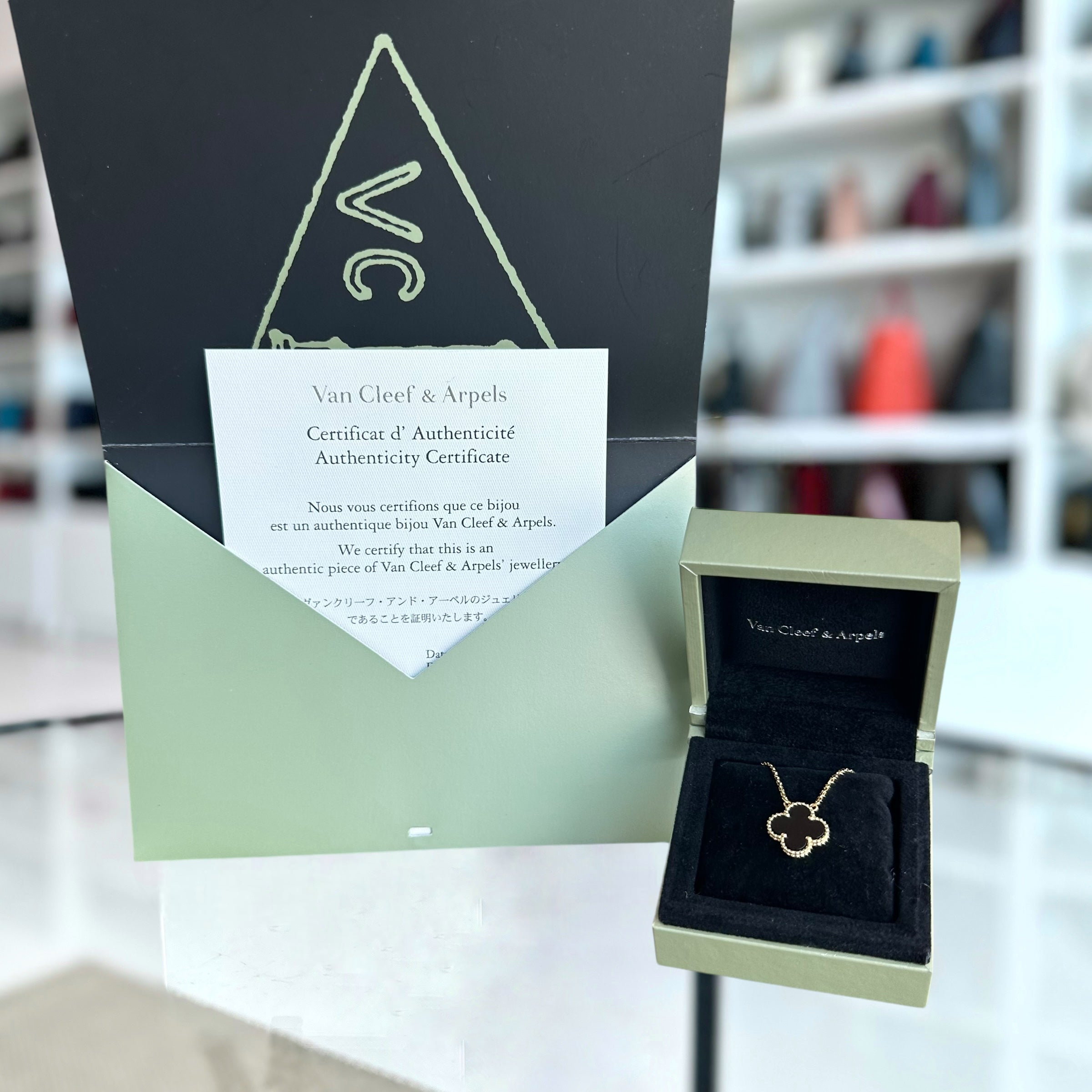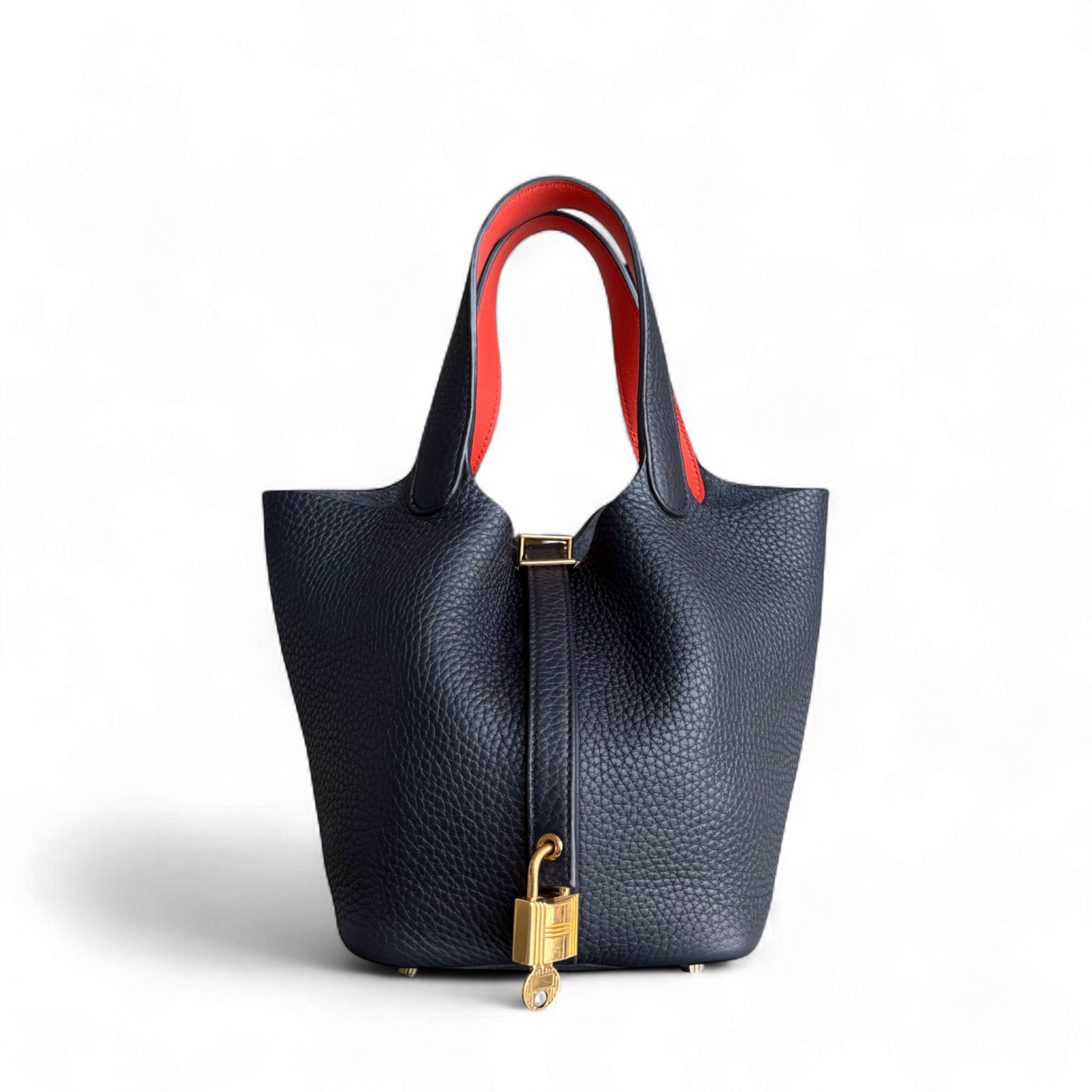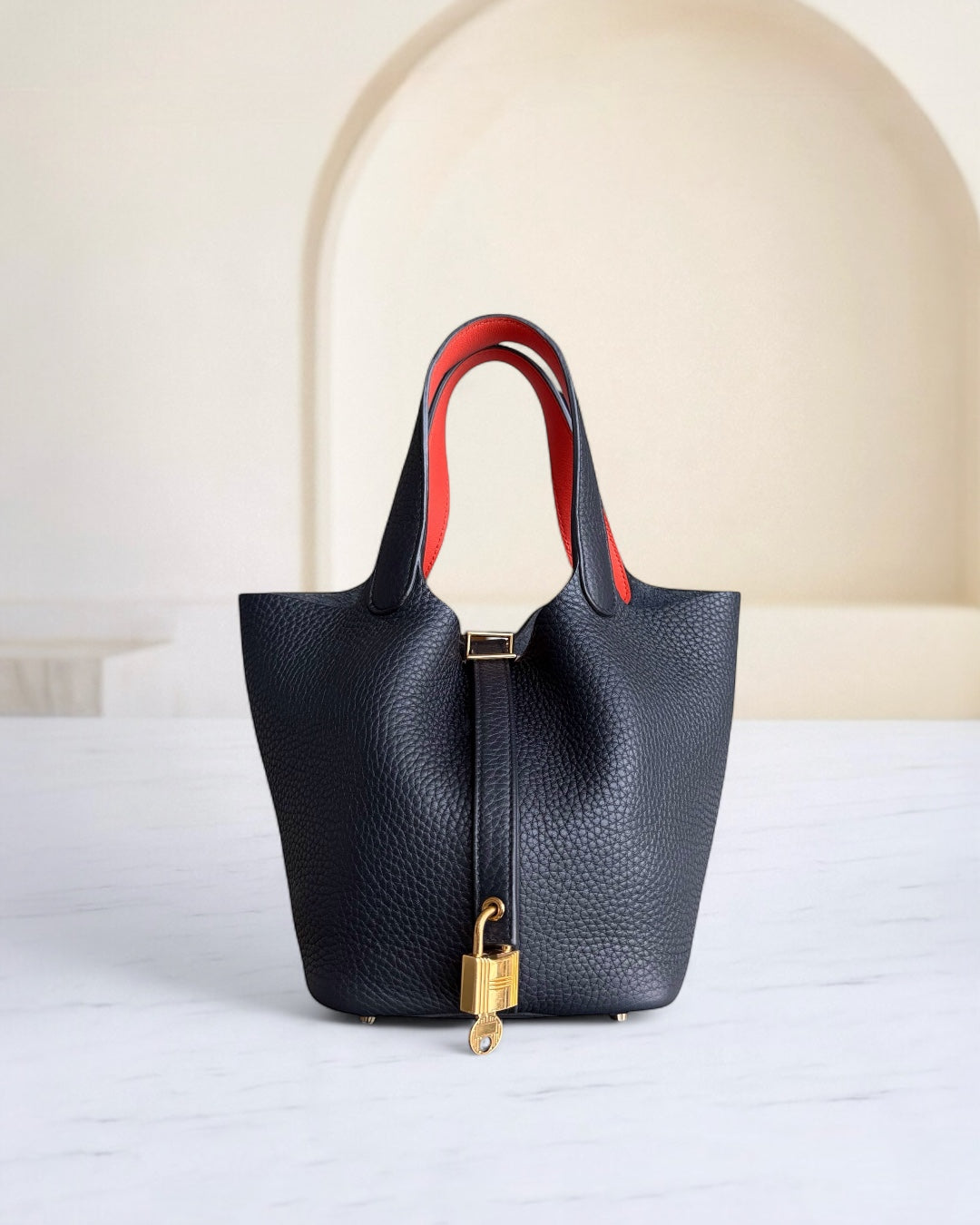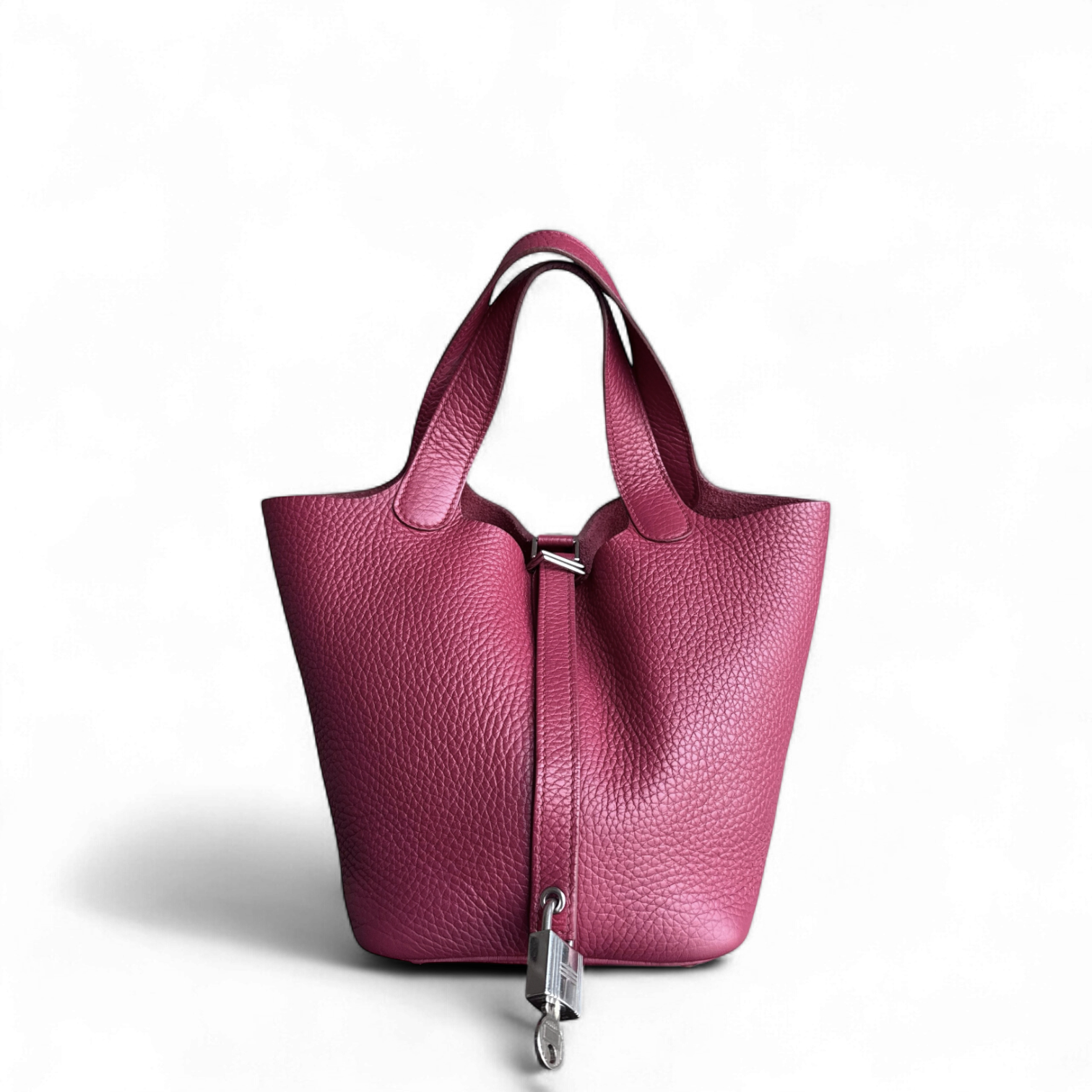The Highest Cost Watches: Exploring the Most Expensive Timepieces in the World
When it comes to utmost luxury and craftsmanship, few things can rival the allure of a high-end watch. Locking time serves its practical function; however, these exquisite timepieces represent the acme of style, technology, and rarity. The article thus offers an enchanting yet rich perspective on the most expensive watches ever made, delving into the unparalleled artistic skills, pioneering technologies, and unique stories behind these brilliant masterpieces. Whether you are a seasoned collector, an avid horology enthusiast, or simply curious about what makes these watches so special, this guide enhances your understanding of the key factors that elevate these creations to the pinnacle of luxury. Be ready to gain knowledge not only about their staggering prices but also about the sweat and glory that goes into carving these rare instances.
A Brief History of Luxury Watches

The period before the 16th century saw an evolution in the design and conception of watches. The handier the pocket timepiece, the greater the intricacy the clockmaker put into it, considering it a symbol of status and wealth. By the 19th century, wristwatches had revolutionized timekeeping, and luxury had become the first choice for practicality. Brands that have shaped the history of luxury watchmaking include Patek Philippe, founded in 1839, and Cartier, established in 1847. Over time, the further development of science and design has transformed watches into true masterpieces of art and craftsmanship. Today, luxury watches embody innovation, heritage, and exclusivity, making them the most sought-after symbols of aristocracy.
Origins of Luxury Timepieces
The history of luxury watches dates back to the late 16th century, when portable clocks began to serve as personal accessories. The advent of the mainspring enabled the design of smaller, more practical timekeepers, marking the birth of watches. By the 18th century, watchmaking had become a highly esteemed craft in Switzerland and France, renowned for its precision and artistic excellence. It was during this period that decorative elements and complications began to be used, which meant watches were used not simply as time-telling devices but as status symbols and works of art. These early developments laid the groundwork for the contemporary luxury watch industry.
Milestones in Watchmaking
The Advent of Mechanized Timekeeping (19th Century)
- The 19th century witnessed significant developments in watchmaking, driven by industrialization and advancements in manufacturing techniques. With the invention of the lever escapement, watches reached an entirely new level of accuracy and reliability, marking the beginning of an era that introduced mass production, making watches accessible to average consumers. The Waltham Watch Company of America, for example, explored the use of interchangeable parts, thereby significantly increasing production and reducing costs.
The Wristwatch Revolution (Early 20th Century)
- The conversion from pocket watches to wristwatches is another milestone in the history of watchmaking. Since the military popularized the wristwatch during World War I due to its practical use, members of the civilian public quickly adopted the idea of wearing watches. These brands, among the most well-known and prestigious, seized on a technical opportunity and raced ahead to bring to fruition some major innovations, such as the waterproof watch (Rolex Oyster, 1926) and the first commercial pilot's watch for aviation (Cartier Santos, 1911).
The Quartz Crisis (1970s)
- During the 1970s, the invention of quartz technology brought about a phenomenal change in the watch industry. Quartz watches demanded a frequency of battery-operated oscillators for operation and afforded ultimate accuracy while being cheaper to produce. Pioneers in this new field, including Seiko, launched groundbreaking models such as the Seiko Astron in 1969, the world's first quartz wristwatch. This was very disruptive, and mechanical watchmakers had to adapt or face obsolescence.
Modern Technological Integration (21st Century)
- Traditionally, watchmaking has been associated with class, precision, and the state-of-the-art industrial-tech paradigm. The advent of smartwatches, spearheaded by tech giants like Apple with the introduction of the Apple Watch in 2015, brought new functionalities, including fitness tracking, health monitoring, and connectivity with other devices. At the same time, materials engineering, utilizing ceramic and carbon fiber components, as well as complex watch complications that express their finest creativity, has been adopted by the fine watch industry. This duality in innovation shows how watchmaking continues to evolve while honoring its centuries-old heritage.
Influence on the Modern Luxury Watch Market
The integration of innovative technologies and traditional craftsmanship has significantly shaped the modern luxury watch market. Recent trends indicate increasing consumer demand for hybrid models that combine classic mechanical elements with innovative features such as app connectivity, biometric tracking, and solar-powered mechanisms. According to recent industry reports, the global luxury watch market size is projected to reach $52 billion by 2028, driven by rising consumer interest in high-end, multifunctional timepieces.
With the evolution of sustainability trends, luxury watches now incorporate a range of eco-friendly materials and sustainable production techniques. Progress has been made with cases made from recycled metals, stones sourced ethically, and also with processes to reduce carbon emissions in the supply chain. On a more exciting note, the customer experience is evolving with these digital sales strategies, which include advertising via virtual showrooms or augmented reality tools, allowing buyers to view all the details of an intricate watch from the comfort of their own homes.
In addition to this, the heritage of a watch will remain one of the paramount considerations in consumer preference. Collectors and enthusiasts value the age-old techniques in watchmaking, with limited editions and bespoke customizations calling out to those for whom exclusivity and artistry are of paramount importance. This juxtaposition between modern advances and time-honored art makes the luxury watch industry a dynamic yet resilient sector in the global economy.
The Most Expensive Watches in the World

Spotlight on the Graff Diamonds Hallucination
The Graff Diamonds Hallucination is believed to be among the most extraordinary and rarest timepieces in the world, with an astronomical price of $55 million. This masterpiece is an ode to color and design, where a multitude of rare and vividly colored diamonds find their resting place on a platinum bracelet. The diamonds used in the watch weigh 110 carats, each cut, polished, and set in an assortment of pear, round, marquise, and heart shapes.
The coloration of these diamonds, which includes pinks, yellows, greens, and blues, occurs naturally, an attribute that significantly enhances their scarcity and value. Hence, the Hallucination stands as a monument to profusion and a demonstration of Graff's incomparable gems and craftsmanship, which the gemstone can be proud of. This watch is defined as much to be a wearable artwork as it is to be luxuriously embellished with detail.
Other Notable Timepieces
Another remarkable timepiece is the Patek Philippe Grandmaster Chime 6300A-010. Known for its intricate craftsmanship and functionality, it boasts 20 complications, including a perpetual calendar, minute repeater, and alarm function. With precision and care, this watch perfectly encapsulates Patek Philippe's interpretation of haute horology. Its highly limited production and record-breaking auction price only added to the exclusivity of the piece, rendering it one of the most desired and famous watches in the world.
Record-Breaking Auction Pieces
The luxury watch domain has witnessed numerous memorable auction events, thereby solidifying its status as both an artistic and financial investment. Among these is the Patek Philippe Grandmaster Chime 6300A-010, which sold at the historic price of $31 million in 2019 at the Only Watch charity auction. The sale broke records but also proved that it is a truly exquisite timepiece, fit to stand alone in its unique way, marrying functionality and artistic achievement.
Another such instance is the Rolex Daytona "Paul Newman," previously owned by the late actor Paul Newman himself. Auctioned in 2017 for $17.8 million, this iconic watch is renowned for its distinctive dial design and association with Newman's legacy. Its significance lies in its rarity and provenance, attractive to collectors and enthusiasts worldwide.
Vintage watches, in particular, enjoy very special auction records, including the Patek Philippe Henry Graves Supercomplication. This pocket watch, made in 1933 and featuring an unimaginable 24 complications, was sold at Sotheby's in 2014 for $24 million. Historical value, mechanical complexity, and sheer exclusivity together build its myth.
Pieces at these kinds of prices mark the convergence of art, history, and technical prowess within the watchmaking trade, drawing in collectors and investors eager to buy beauty for time or time for beauty.
What Makes These Watches So Expensive?

Materials Used in Luxury Watches
|
Material |
Key Properties |
Appearance |
Durability |
Weight |
Common Use |
|---|---|---|---|---|---|
|
Stainless Steel |
Corrosion-resistant |
White metal |
High |
Moderate |
Sports & casual |
|
Gold |
Prestigious, heavy |
Yellow, rose, white |
Moderate |
Heavy |
Dressy & formal |
|
Platinum |
Rare, ultra-durable |
Silvery-white |
High |
Very heavy |
Exclusive models |
|
Titanium |
Lightweight, strong |
Matte gray |
High |
Ultra-light |
Sports & casual |
|
Ceramic |
Scratch-resistant |
Various colors |
High |
Light |
Modern designs |
|
Carbon Fiber |
Lightweight, strong |
Textured black |
High |
Ultra-light |
Sports watches |
|
Bronze |
Develops patina |
Warm golden |
Moderate |
Heavy |
Vintage-inspired |
|
Synthetic Sapphire |
Scratch-resistant |
Transparent |
High |
Moderate |
Watch crystals |
The Craftsmanship Behind Each Timepiece
The creation of each timepiece involves meticulous attention to detail, precision engineering, and the use of advanced materials. With its high strength-to-weight ratio, titanium is used in designs that require high durability while remaining lightweight, making it a favored material in both sports and casual sectors. Ceramic, valued for its scratch resistance and slow fading of color, is finding multiple uses in stylish watch designs of today that demand an extended lifespan. Carbon fiber, meanwhile, is a composite that is both lightweight and strong in tension, presenting a powdery texture that is congruent with that of high-performance sports watches crafted for interaction with dynamic environments.
Each bronze alloy, historically interesting along its warm golden tones, develops a natural patina, offering a unique selection of vintage-inspired personalities to each watch. Lastly, synthetic sapphire, which is highly scratch-resistant and durable, is used only on the watch face because it provides a transparent shield for a rather delicate mechanism while still keeping the display unobstructed. Each material is carefully chosen for its attributes and is integrated into designs that meet both functional and aesthetic needs. Such hardcore fine craftsmanship yields timepieces that adhere to the high industry-level standards of quality and performance.
Brand Legacy and Influence
The creation of a legacy in watchmaking is often attributed to innovation, craftsmanship, and sometimes influence within the industry itself. Many pioneering horologists have carved a place for themselves in history by declaring to the world that they invented perpetual calendars, tourbillons, and working mechanical movements. In contrast, innovations in waterproof cases and chronometer certs were set as standards for others to follow.
Additionally, these brands did not just forge technical types but have also influenced cultural trends. Limited-edition models, collaborations with top-notch designers, or endorsements from iconic figures have fortified their image of prestige and refinement. Data indicate that sales of luxury watches continue to grow steadily, driven by a growing demand for timepieces that weave together heritage with modern technology. This, in turn, underscores the sustained prestige these brands enjoy as links between ageless tradition and contemporary aspirations.
The Cultural Significance of Luxury Watches

Status Symbols in Society
Luxury watches expound the social prestige of wealth, accomplishment, and self-worth. These exclusive products are said to form a money bubble around the wealthy aristocrats, with recent reports suggesting that the global luxury watch industry was worth around $27.19 billion in 2022 and would further continue growing at a CAGR of roughly 4.5% in future years. However, most would argue that such watches go beyond just telling time and involve craftsmanship and exclusivity that few brands can claim: Rolex, Patek Philippe, and Audemars Piguet being the big names in the business. Sociologists emphasize that owning a luxury watch conveys sophistication and a developed sense of taste, existing largely outside of monetary terms, as a means of accumulating cultural capital. Moreover, limited-edition and vintage models may only increase the desirability of any similar timepiece, thereby further cementing its stature as both an investment and a marker of social status.
Luxury Watches in Pop Culture
Luxury watches have been an integral part of pop culture, symbolizing elegance, success, and exclusivity. High-profile watch brands are often made into cultural symbols, as they are frequently associated with celebrity personalities, athletes, or other influential individuals. The brand association between the famous British agent and Omega has raised awareness of the brand, as well as associated it with timeless sophistication and adventure. Similarly, sports superstars such as Roger Federer stand for Rolex, together denoting precision, performance, and excellence.
Even in the film and media world, the presence of a luxury watch is a well-established technique to accentuate glamour. Brands such as TAG Heuer, Hublot, and Richard Mille count their involvement in blockbuster films or high-profile events among their notable accomplishments, establishing their image as premium accessories for the discerning elite. Market analysts report that post-entertainment and post-sports partnerships are significantly restoring the interplay between brands and consumers. In recent years, sales have experienced a relatively steady increase. These watches go beyond their basic functions and are indeed converted into cultural artifacts that mark occasions from recorded time to transitory personal achievements.
Tradition and Heirlooms
Luxury watches are often associated with tradition, with craftsmanship processes refined over centuries. Swiss manufacturers, for instance, enjoy global renown for their horological expertise, with many brands bearing names that date back to the 18th and 19th centuries. These watches often become heirlooms worthy of having been passed down through generations as emblems of family traditions and milestones. Industry-leading insights reveal that nearly 60% of luxury watch consumers believe their purchase is for long-term investment, typically intended to be passed down to future generations as a gift. The combination of mechanical, technological, and human significance keeps these timepieces contemporary artifacts on which to engrave past, present, and future.
Investment Potential of Luxury Watches

Growth in Value Over Time
Luxury watches have historically been excellent examples of those that appreciate over time, especially those from renowned brands such as Rolex, Patek Philippe, and Audemars Piguet. Data derived from the global watch market demonstrates that iconic timepieces are on a steady path to gaining value. In some cases, even in the best of situations, they might appreciate by up to 20% per annum. For instance, limited-edition or discontinued models often skyrocket in market value entirely due to their rarity and demand among collectors.
In addition, we have witnessed a rapid expansion of the global pre-owned luxury watch market, and it is expected to continue growing at a CAGR of more than 8% in the subsequent years. This translates into a high demand and a large appetite for high-quality, exquisitely fashioned timepieces. Watches with documented provenance, unaltered original components, and in immaculate condition tend to sell at high prices in secondary markets. The trend gains momentum from watches being considered as hard assets, able to retain or increase value even in tough economic times.
Current Market Trends
The luxury watch market continues to evolve under the influence of technology innovations and changing consumer preferences. Given the rising consumer demand for wearable technology, sales of smartwatches with advanced features such as health monitoring, GPS, and mobile connectivity are projected to grow at a CAGR of over 10% between 2023 and 2030. Mechanical watches, with their finest craftsmanship and timeless appeal, continue to be highly desirable as both luxury items and long-term investments.
Another aggressive growth market is Asia, partly because it accounts for approximately 35% of total global sales. Strong growth has been witnessed in China and India, highlighting the importance of rising disposable incomes, brand awareness, and the appreciation of luxuries. Sustainability has become a significant factor in consumer choices, with many brands adopting eco-friendly practices, from using recycled materials to reducing environmentally intensive manufacturing processes. Sustainability trends will further influence the industry’s trajectory in the coming years.
Tips for Aspiring Investors
- Stay Informed: Keep up with the latest market trends and industry changes to identify potential investment opportunities.
- Diversify Your Portfolio: Reduce risk levels by spreading investments across diverse asset classes, industries, and geographies.
- Conduct Thorough Research: Assess the financial health, capacity for growth, and previous performance of any company or asset before investing.
- Set Clear Goals: Write down your desired financial objectives and the corresponding time period to enable you to map out your investment strategy.
- Monitor and Adjust: Regularly check the status of your portfolio and implement changes if market conditions or your personal financial situation change.
Frequently Asked Questions (FAQs)
Q: What is the highest-cost watch ever sold?
A: The highest-cost watch ever auctioned is the Patek Philippe Grandmaster Chime, with a staggering price of $31 million, holding the mantle of the world's most expensive watch.
Q: Why is Patek Philippe Grandmaster Chime considered one of the most expensive watches?
A: The Patek Philippe Grandmaster Chime is famous for its complex features and manufacture with 20 complications, perpetual calendar, and fine aesthetic design, a reflection of the highest levels of watchmaking craftsmanship.
Q: How does the Rolex Paul Newman Daytona reference fit into the luxury watch market?
A: The Rolex Paul Newman Daytona reference serendipitously fits into the luxury watch market as the most sought-after and probably one of the most expensive watches because of its unique history and iconic design, thus fetching sky-high prices at auctions.
Q: What are some characteristics of the most expensive Patek Philippe watches?
A: Patek Philippe's most expensive watch models, like the Henry Graves Supercomplication, are renowned for their supremacy in craftsman traditions; application of precious metals such as gold or platinum; and scarce features coveted by innumerable haute horlogerie connoisseurs.
Q: What distinguishes Richard Mille watches from other luxury watch brands?
A: The brand's avant-garde designs, the use of high-tech materials, and the rare complications- the tourbillon being just one of them-make Richard Mille watches some of the most expensive and innovative watches on the market.
Q: Which watches rank among the 10 most expensive ever made?
A: The 10 most expensive watches ever made include the Patek Philippe Grandmaster Chime, the Chopard 201-Carat, and the Rolex Paul Newman Daytona ref, all famous for their incomparable price tags and unparalleled craftsmanship.
Q: How do watch prices fluctuate in the luxury watch market?
A: Accounts of price treatment can vary wildly according to the phase the grant is described as being subject to, as well as rarity, and the few valued for iconic pieces.
Q: What is the role of diamonds in luxury watches?
A: They supply the absolute zenith of elegance and can be used to increase the value of luxurious watches. An example is the Chopard 201-carat watch, featuring 874 diamonds: more than just a watch, it is a true jewelry piece.
Q: What are the characteristic features of the Rolex GMT-Master II?
A: The Rolex GMT-Master II is considered among the operational timepieces working in two time zones, made of tough stainless steel, having its bezel unique among others, a true collectible for the traveling, alsoeward, and high watchmaking circle.
Reference Sources
- Analyzes the Swiss watch industry, including the price determination and operational dynamics of the luxury market.
2. Watch
Contact Luxury Evermore should you need help with acquiring or building up your collection. There is a variety of brands with different styles, as well as sizes, and colors, for example, Hermes, Chanel, lv and Dior. If you are not lucky enough to find the bag you are looking for on our website then our concierge team will probably be able to order it for you. We provide 100% authenticity guarantee for all our bags, and any item sold on this site will be dispatched to you within one to two business days upon receipt of the payment.




